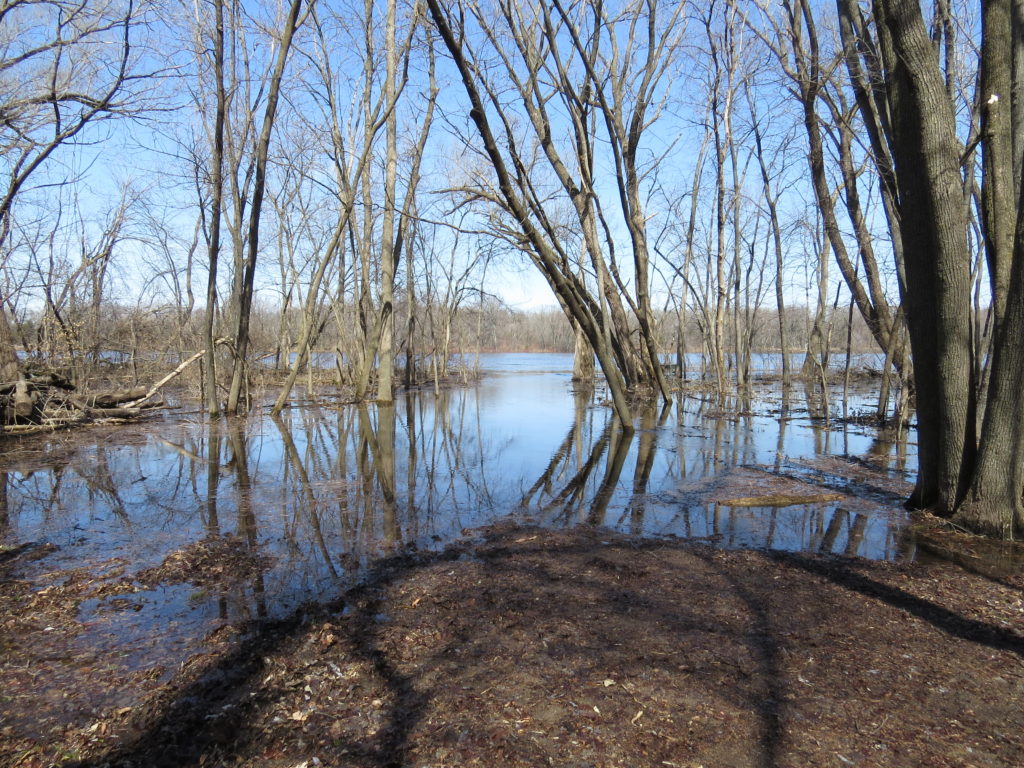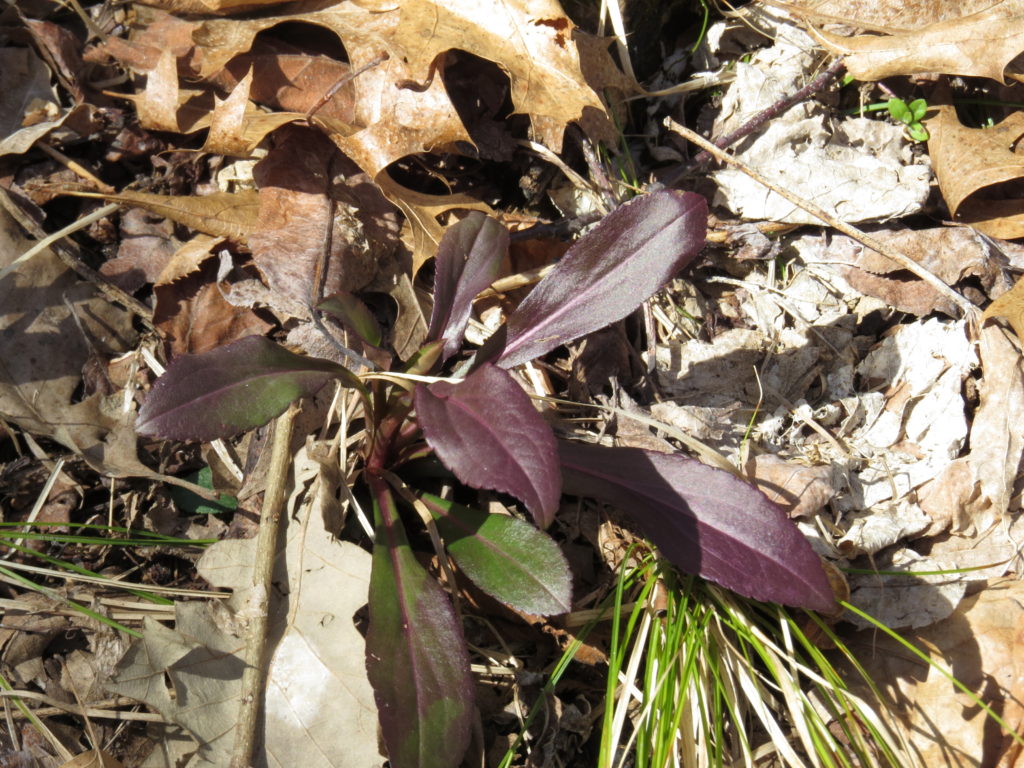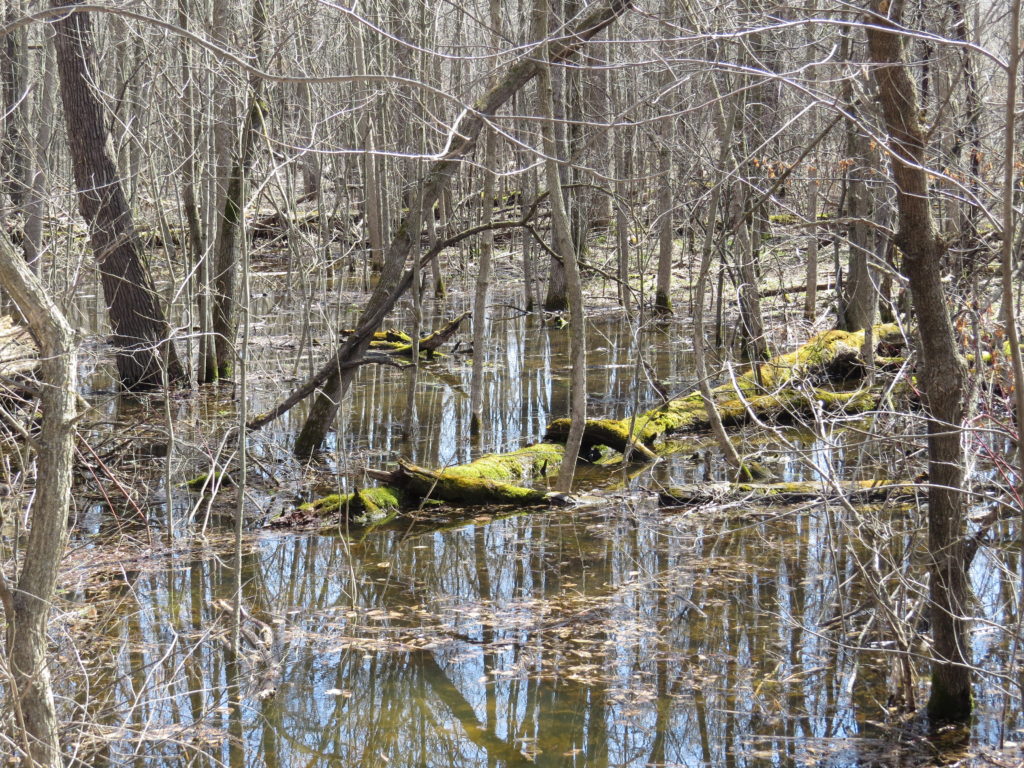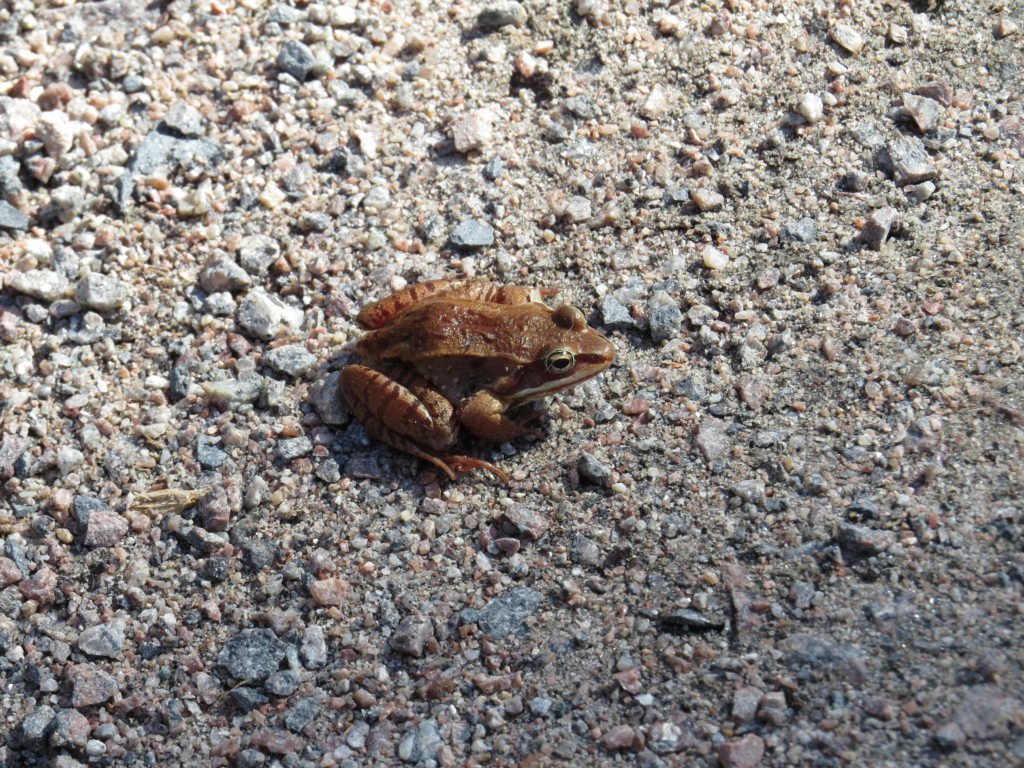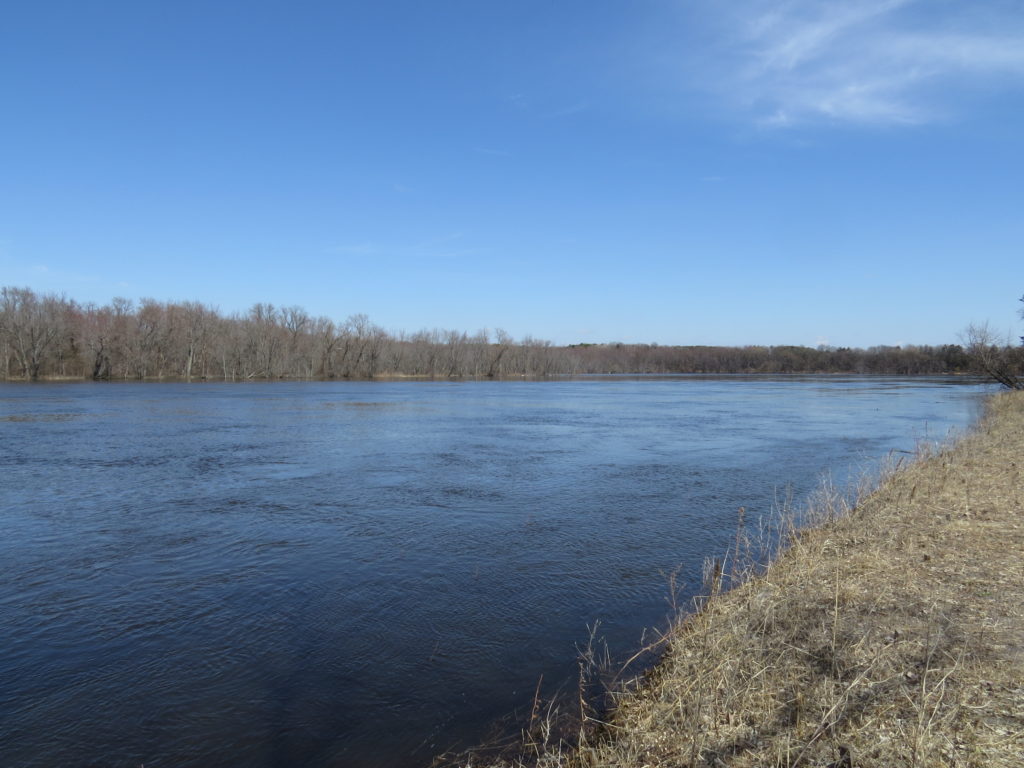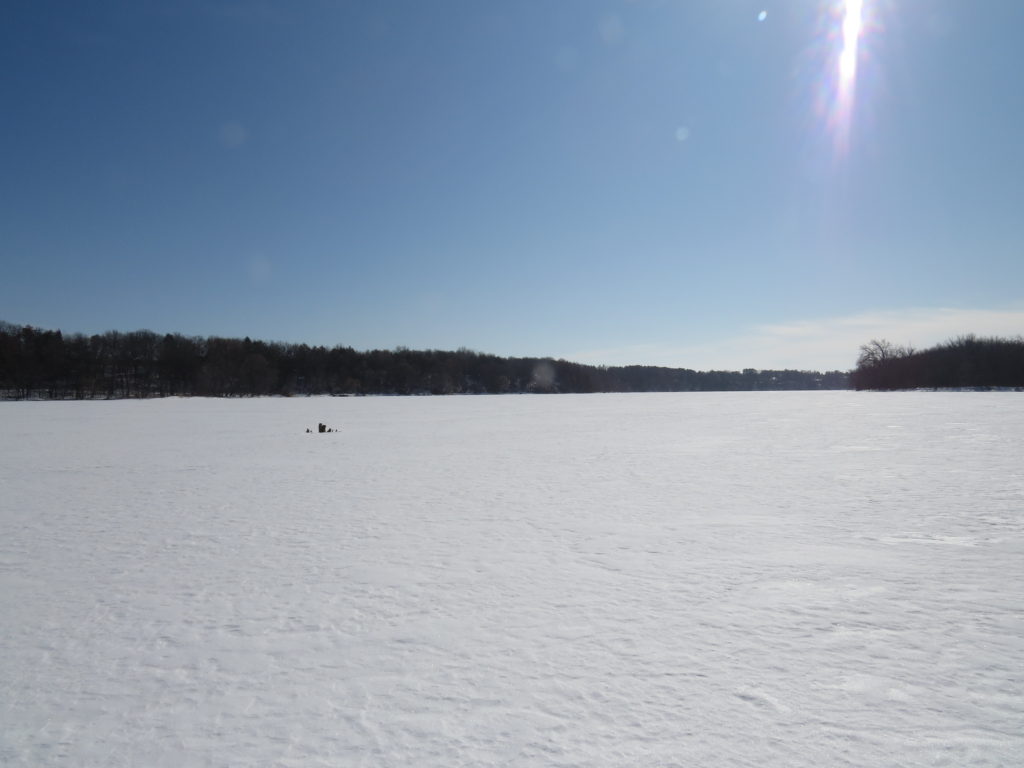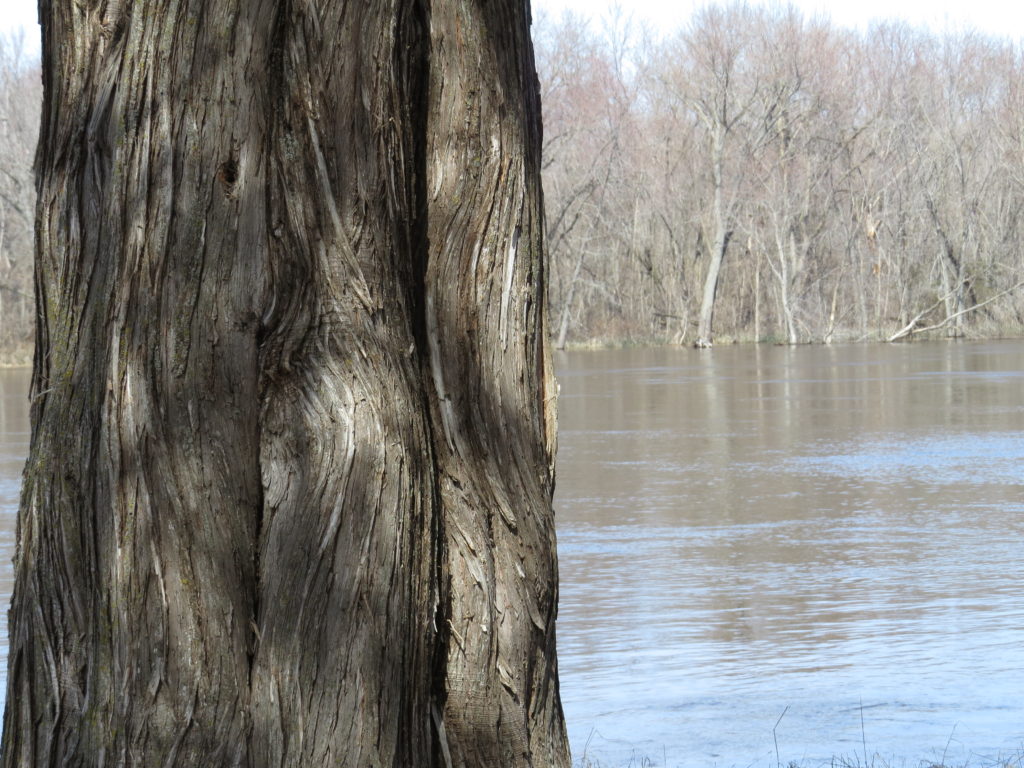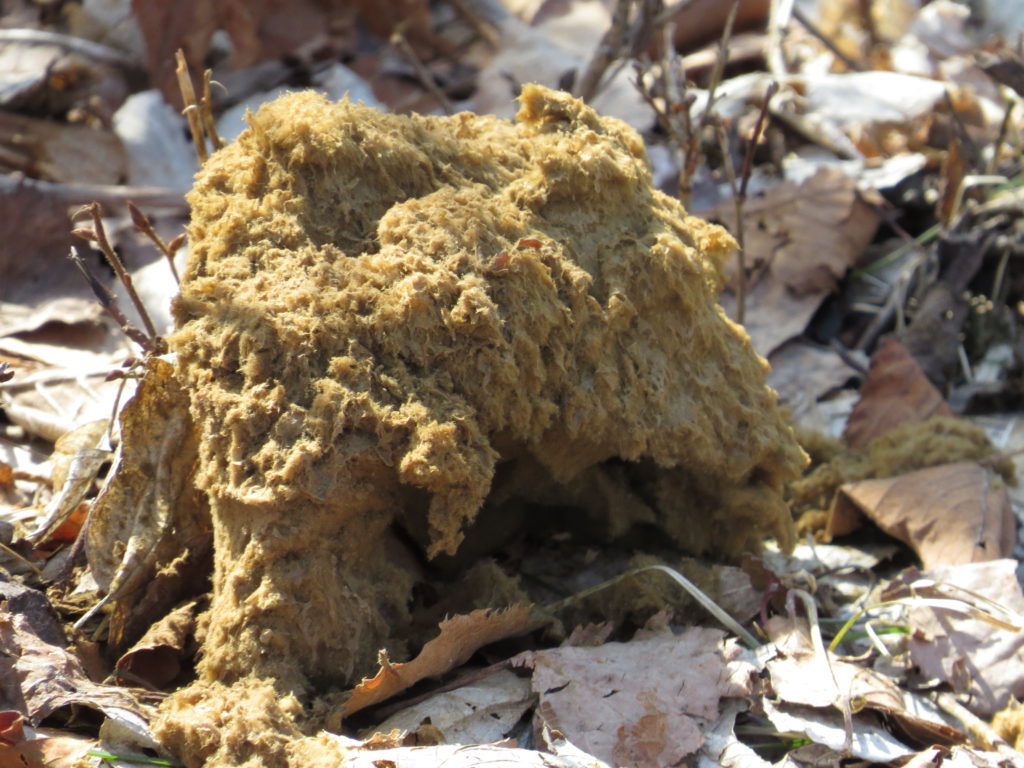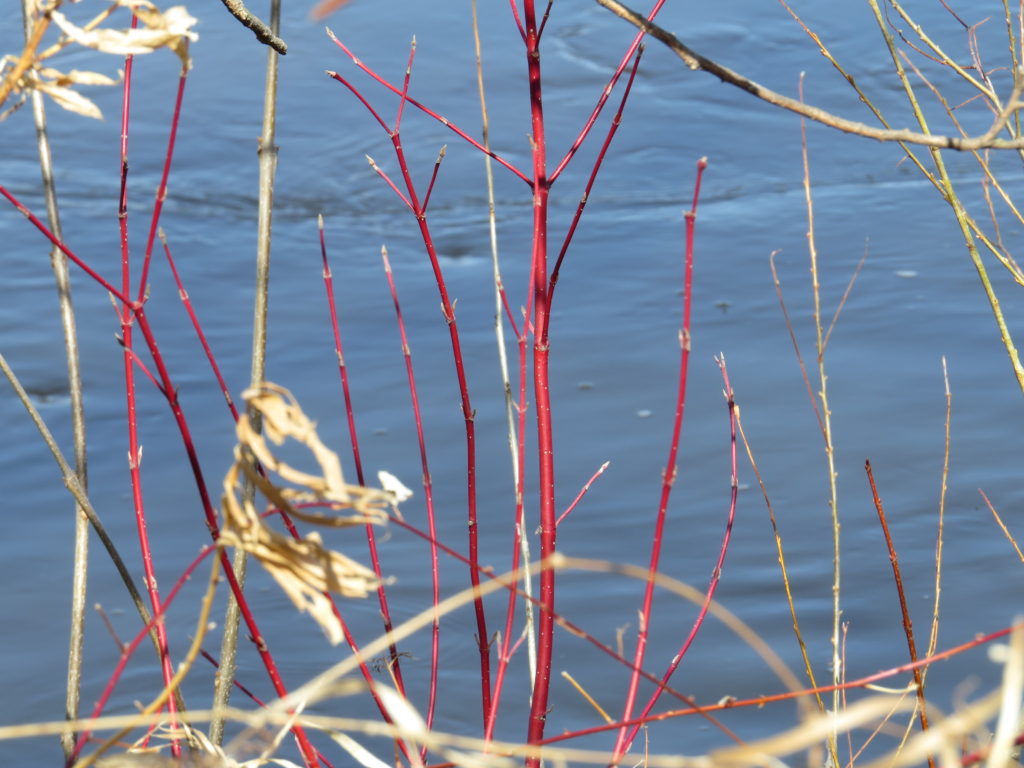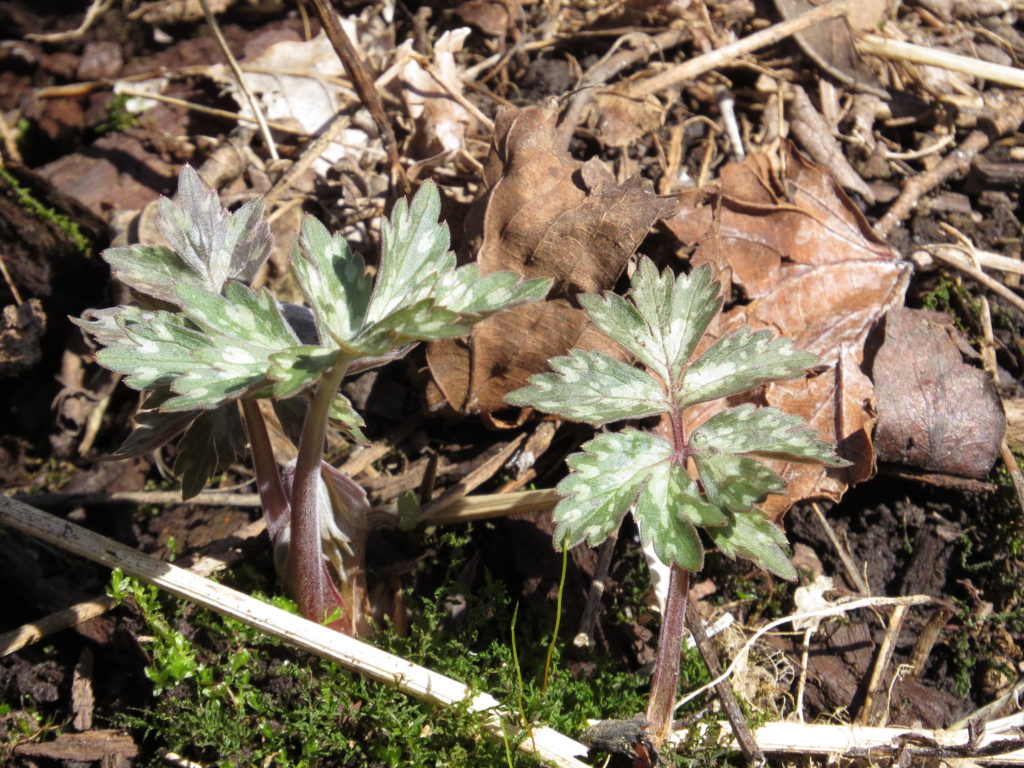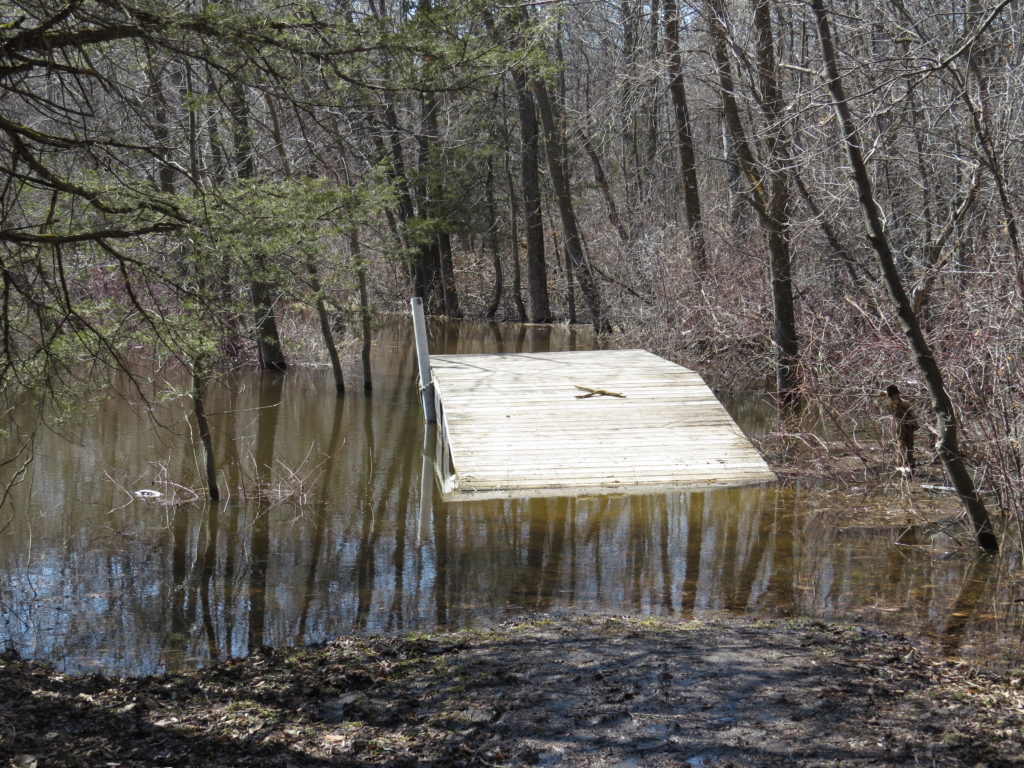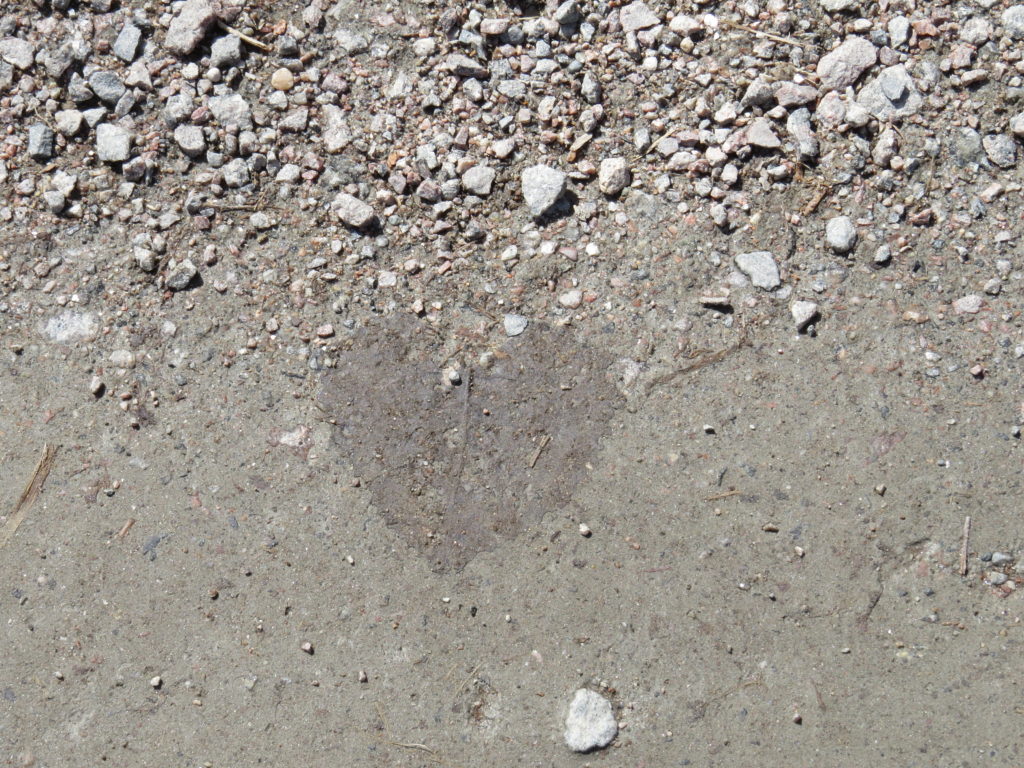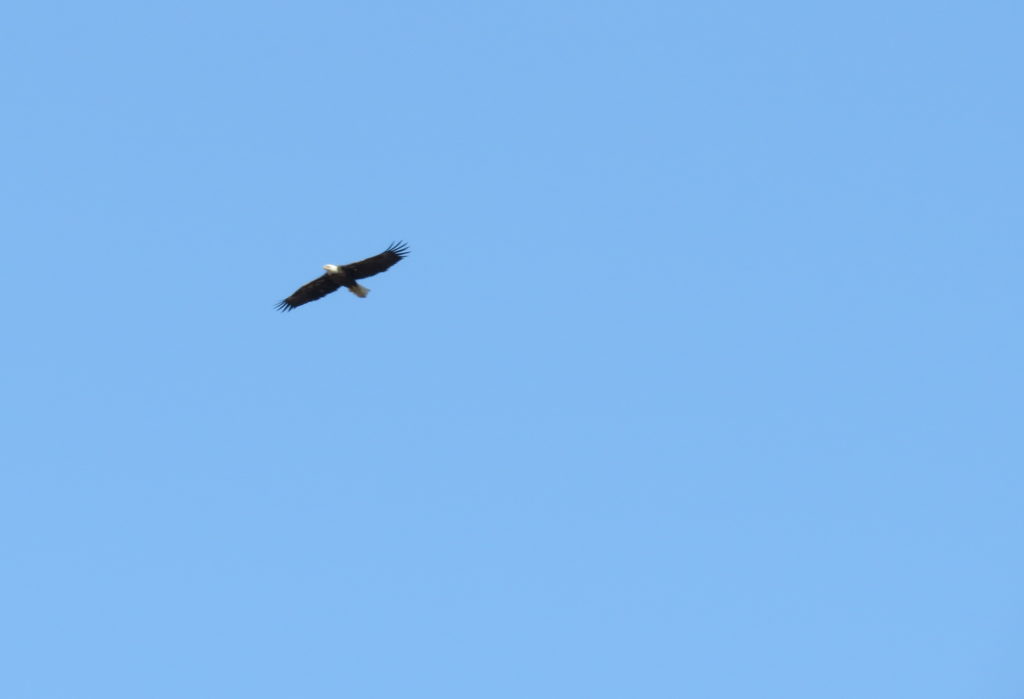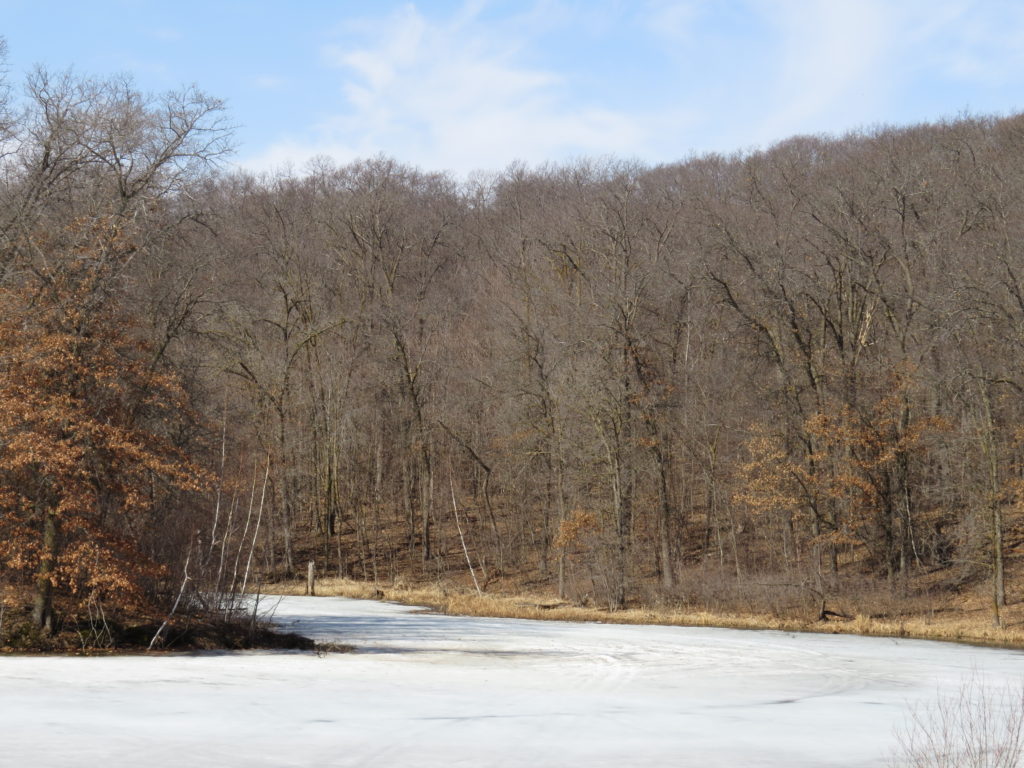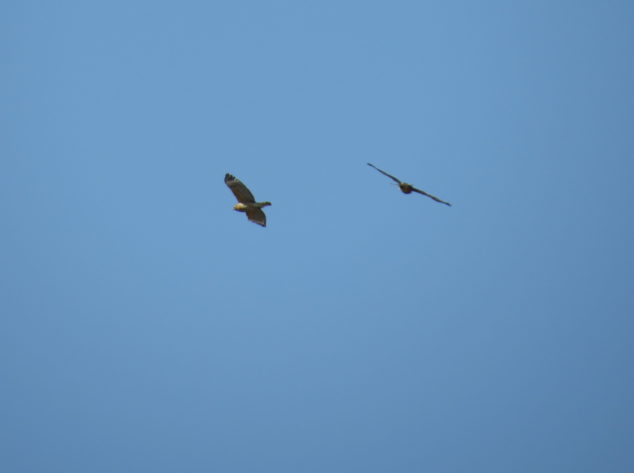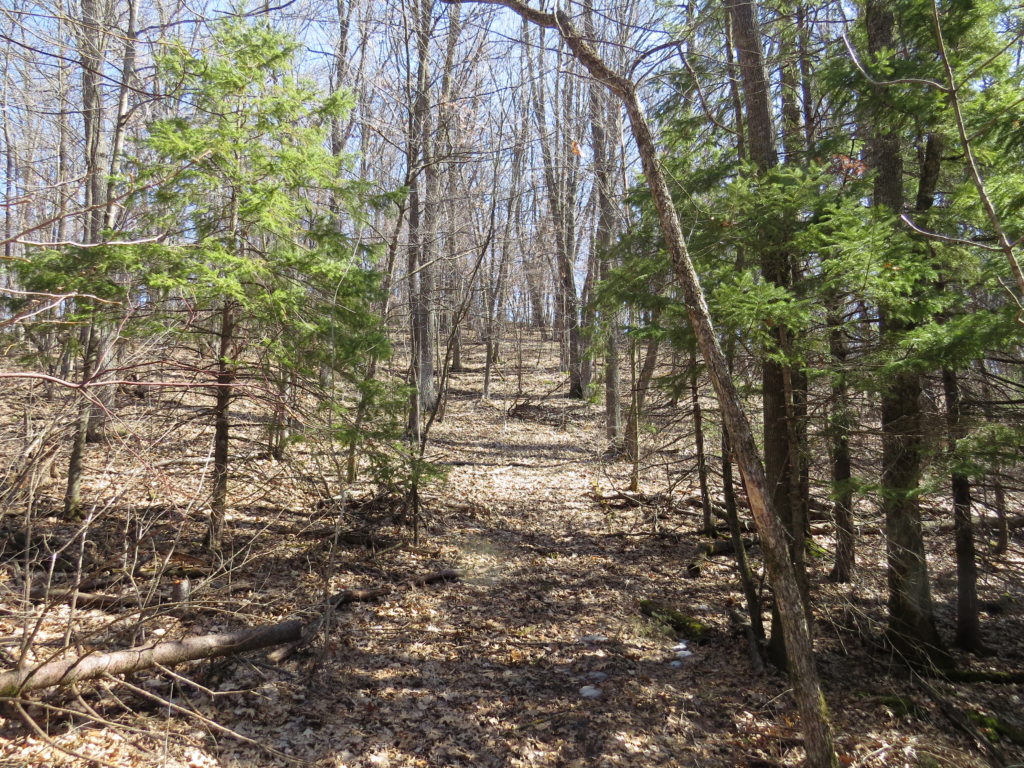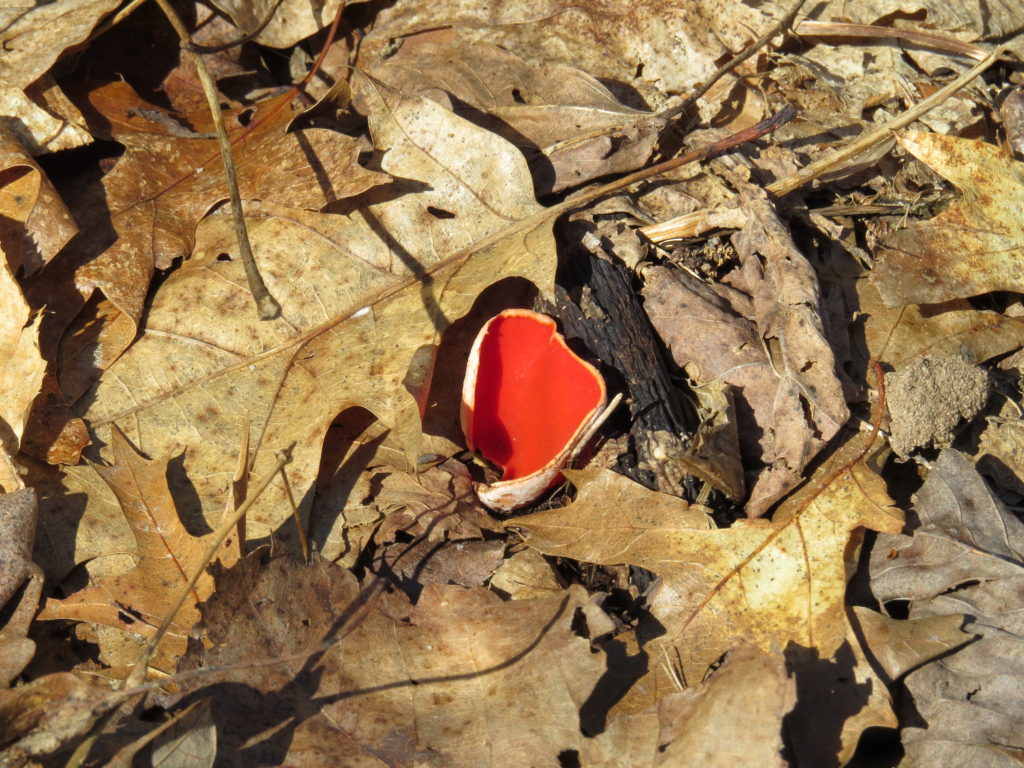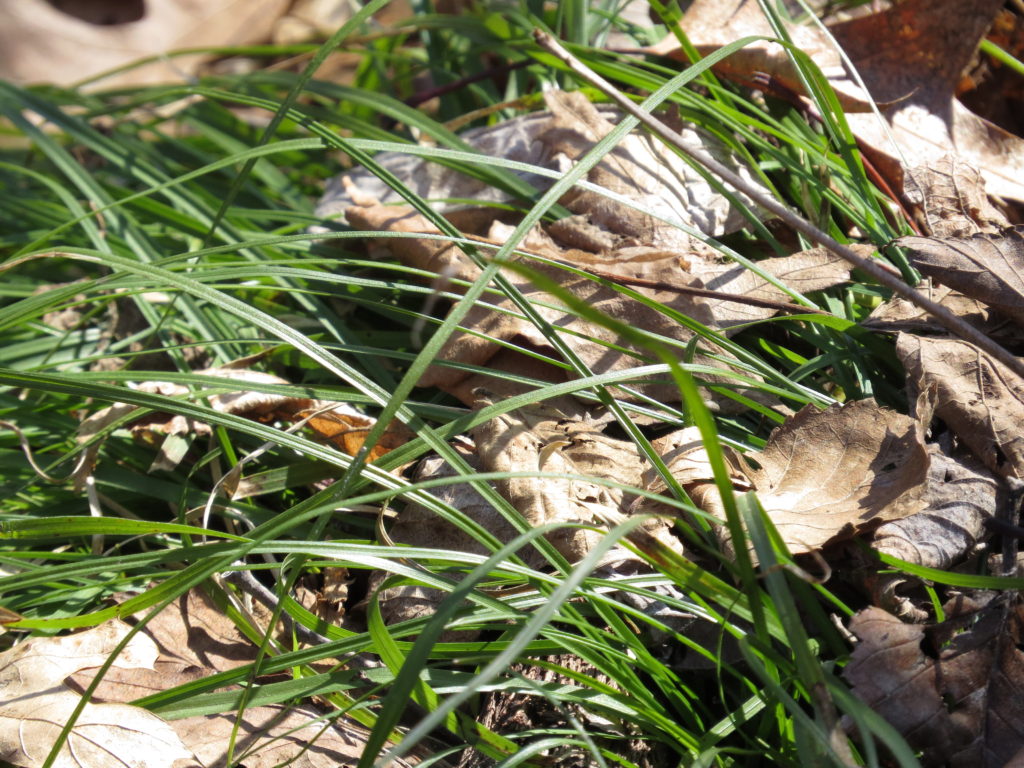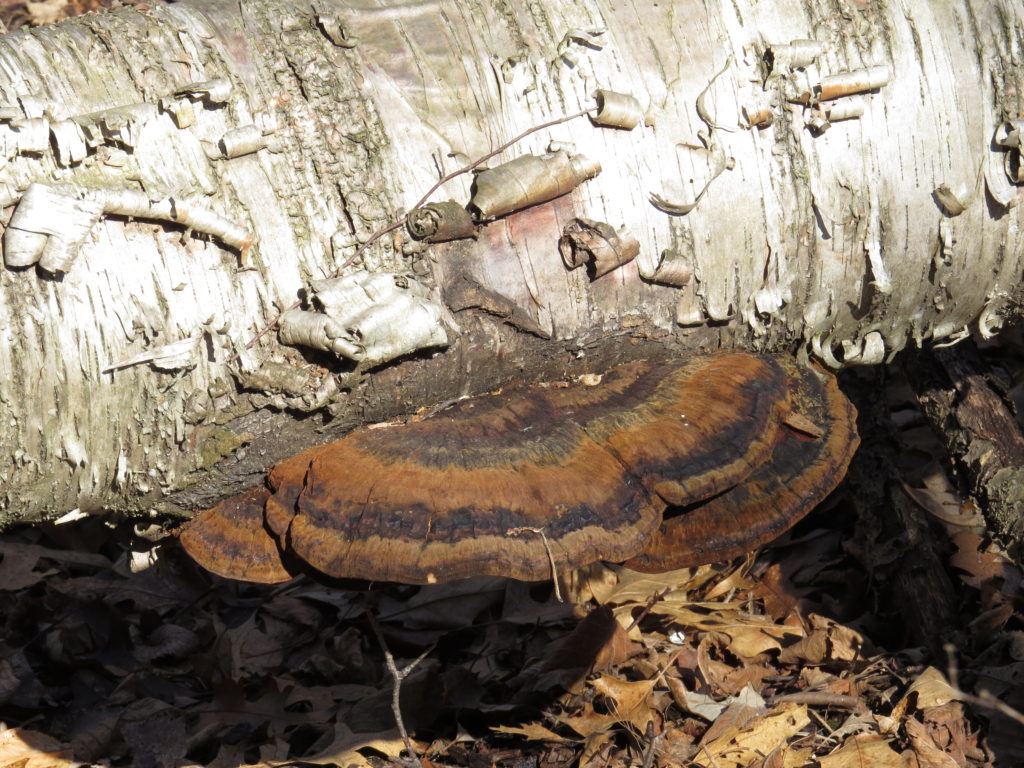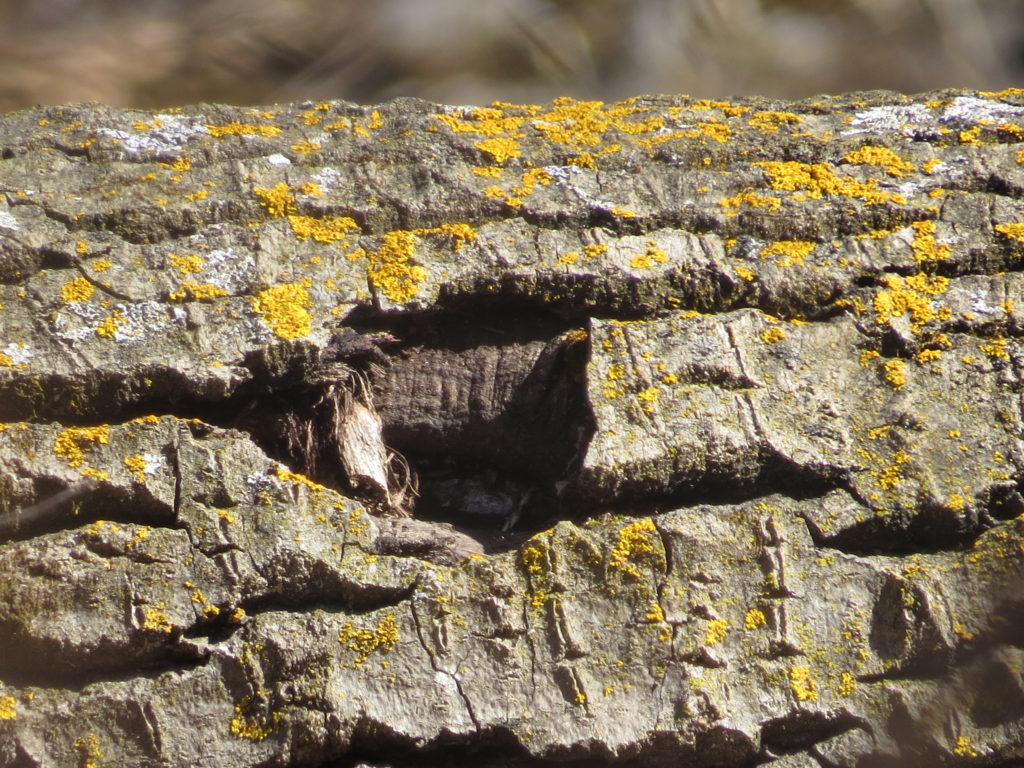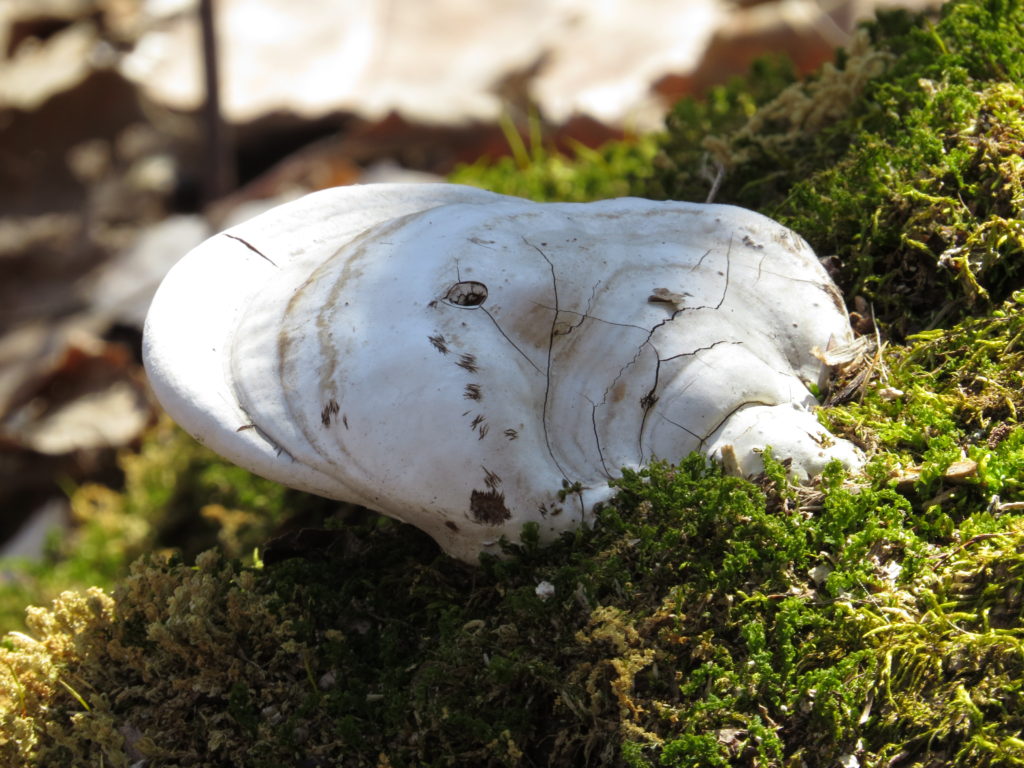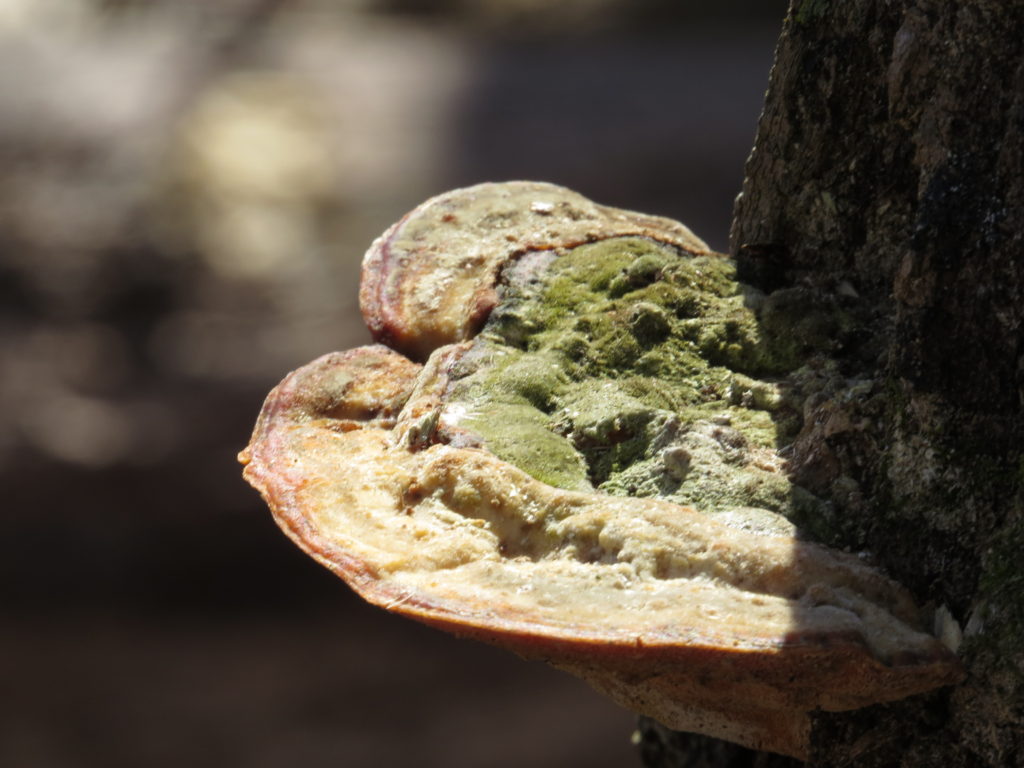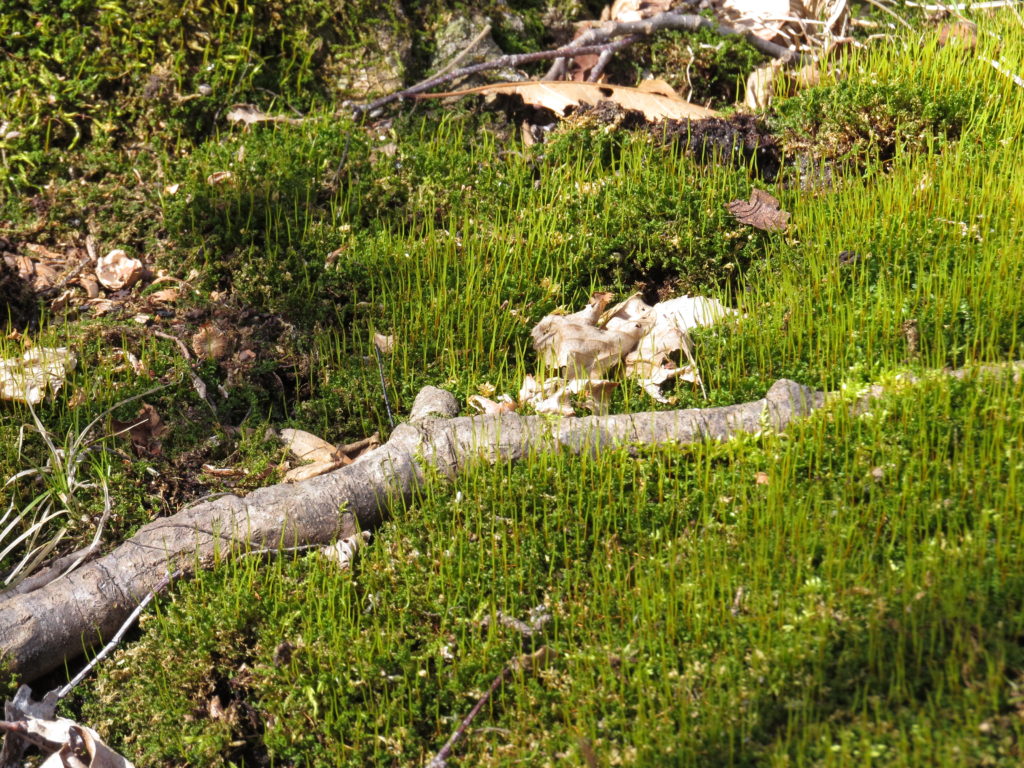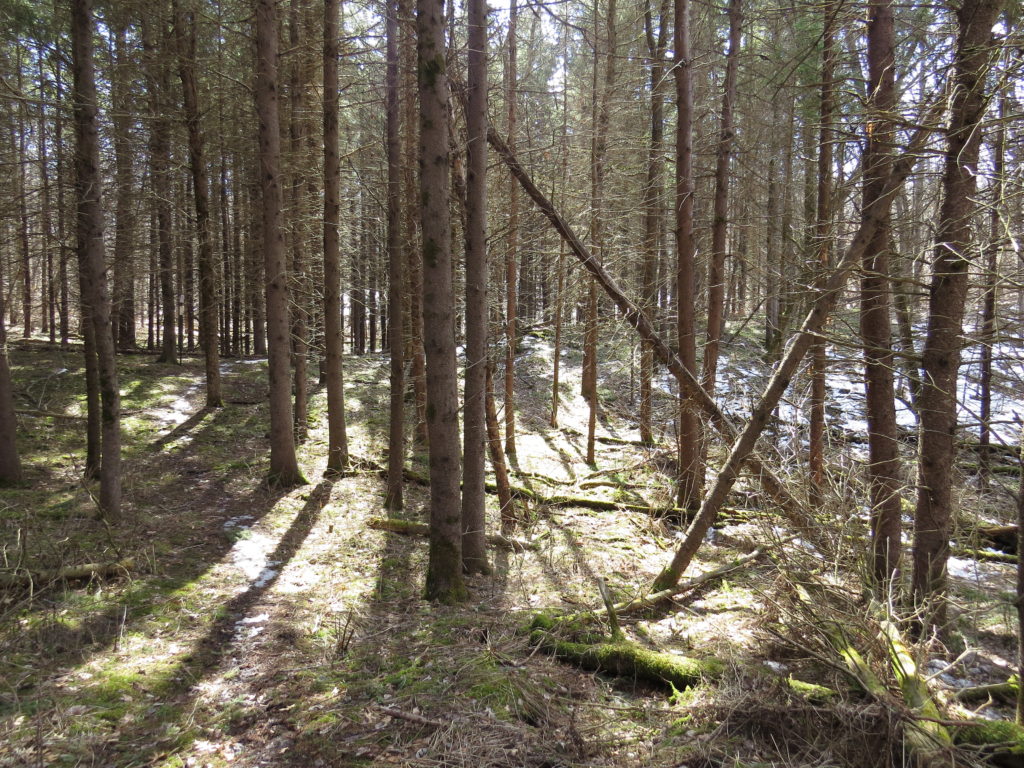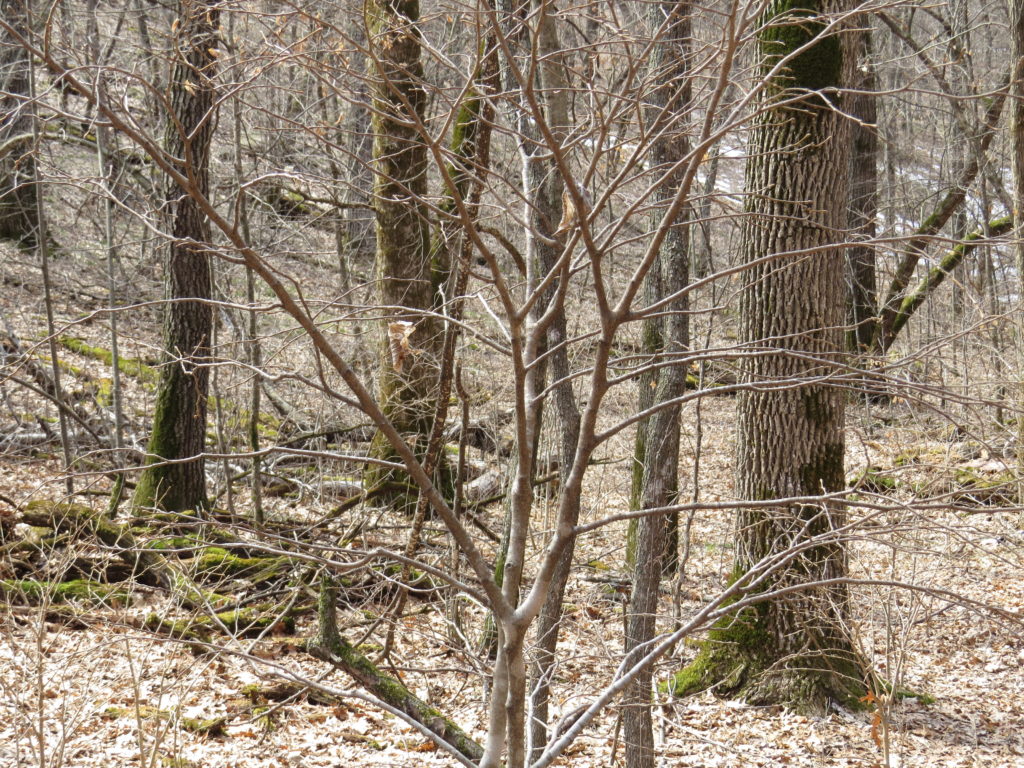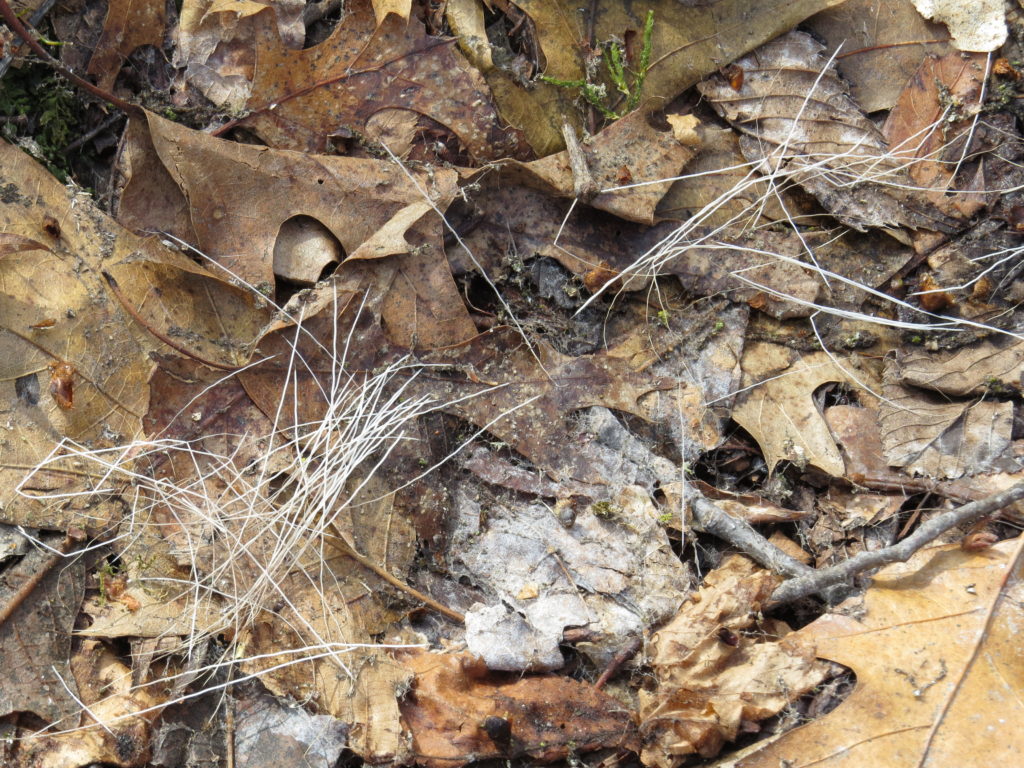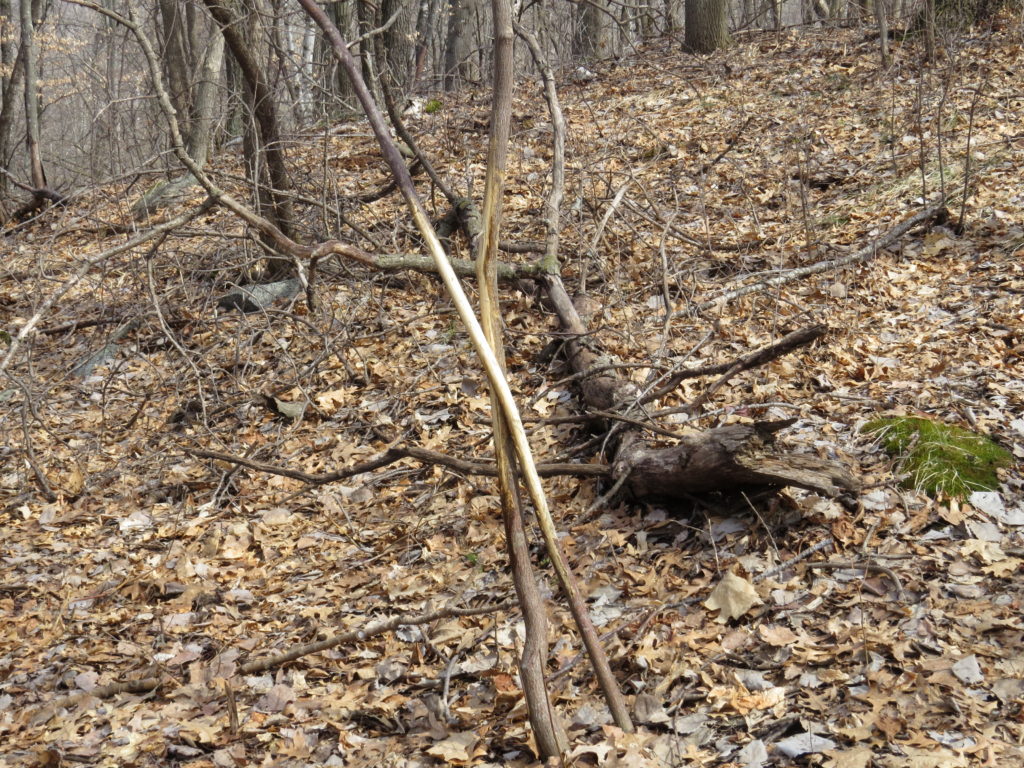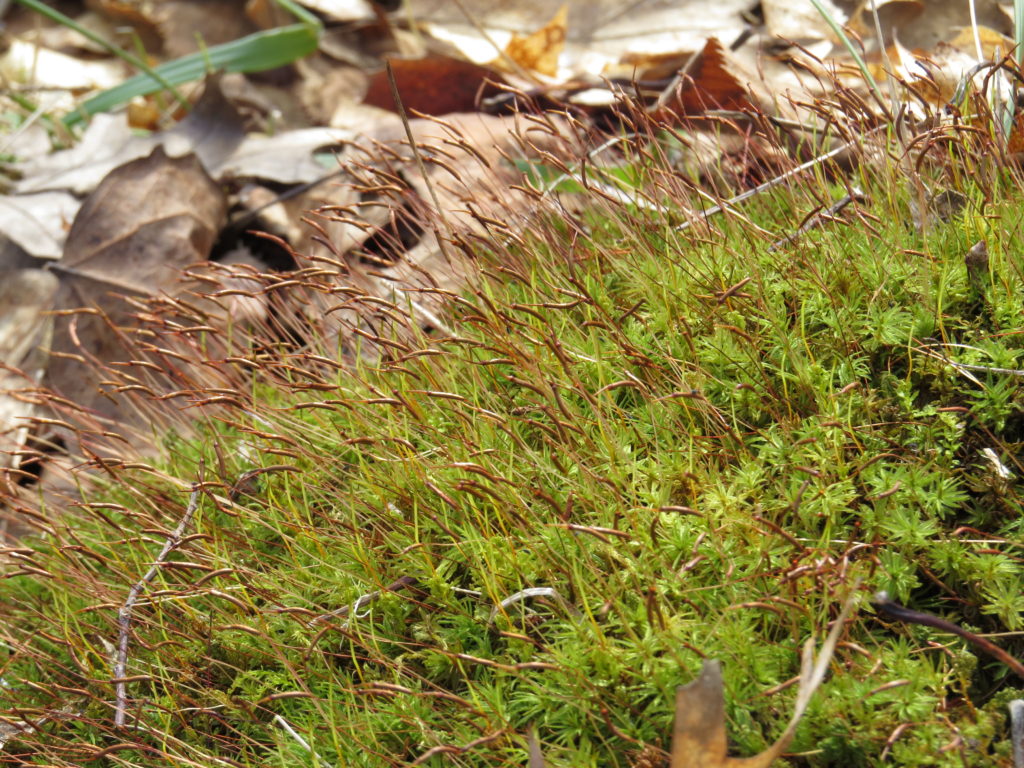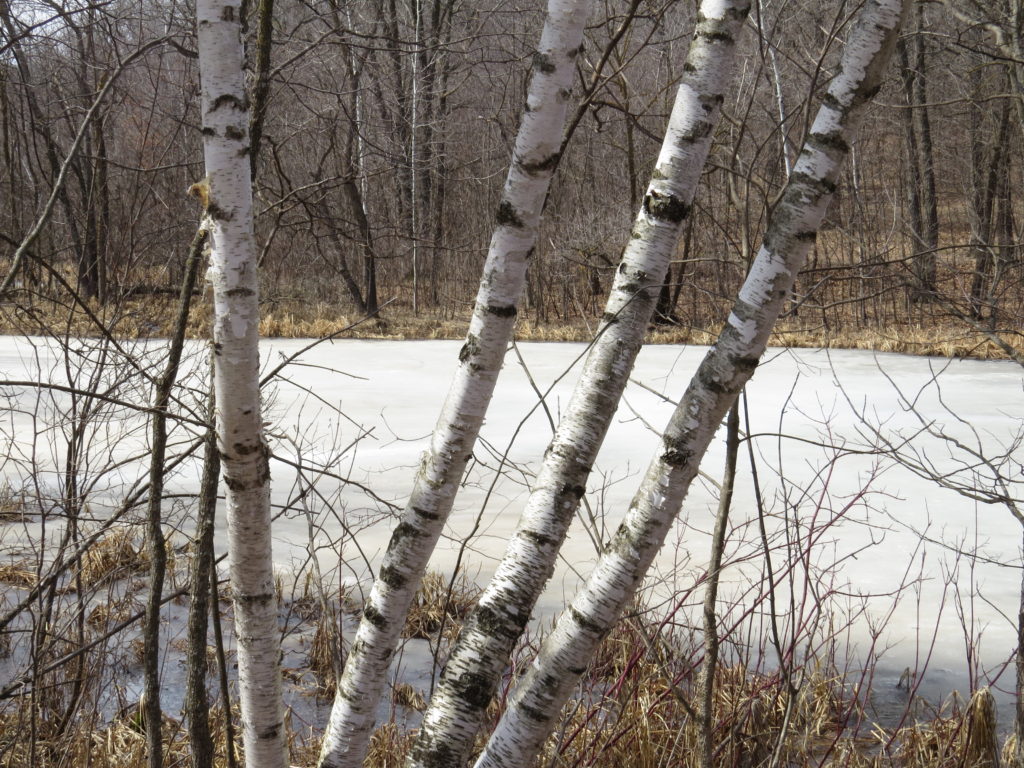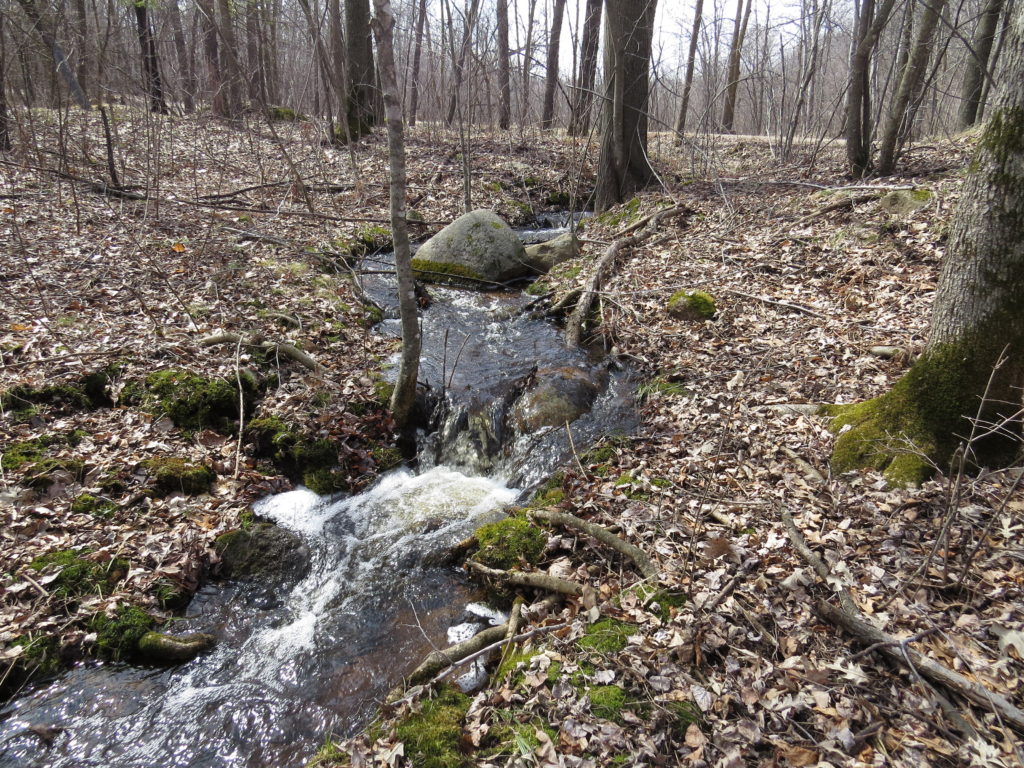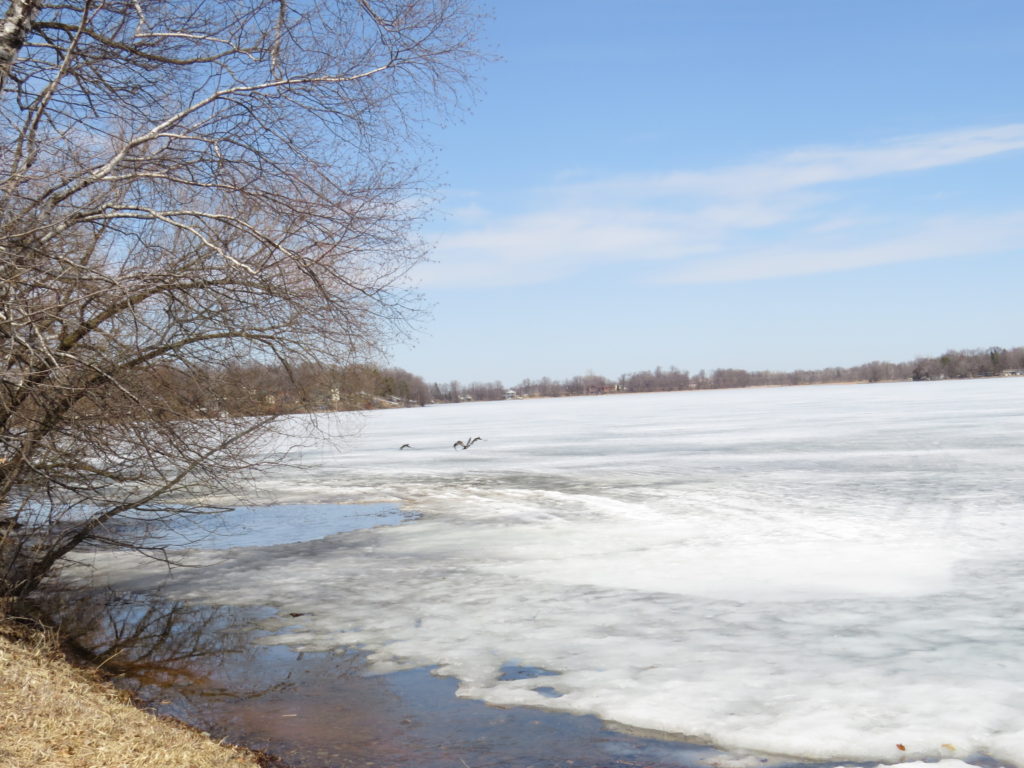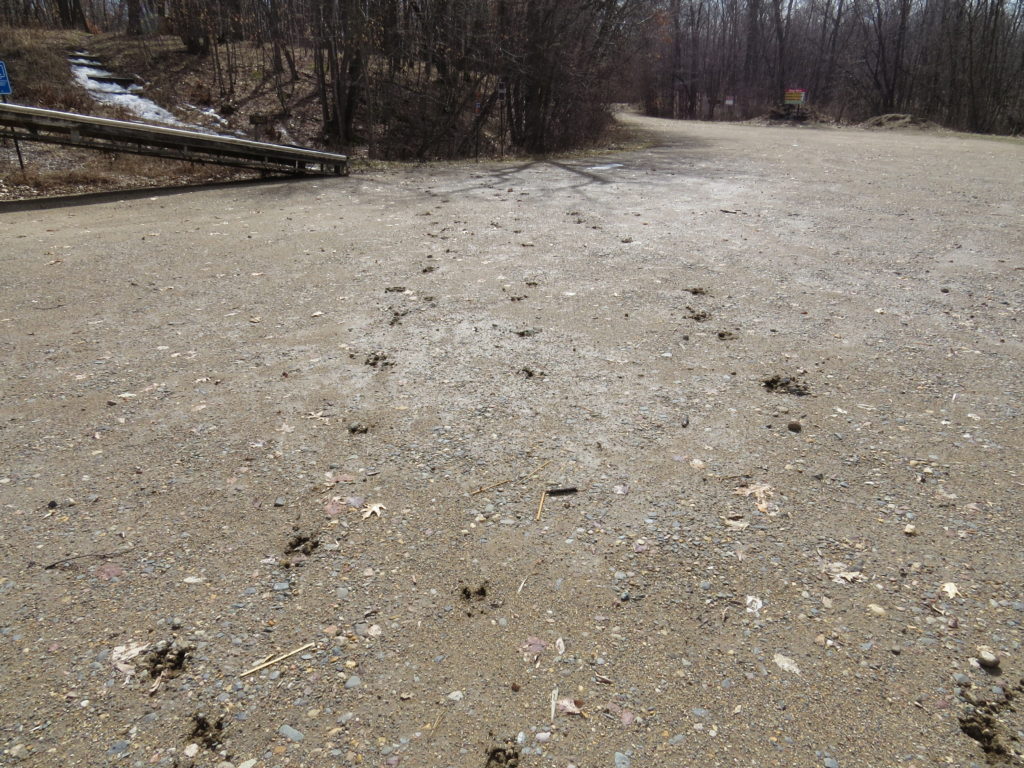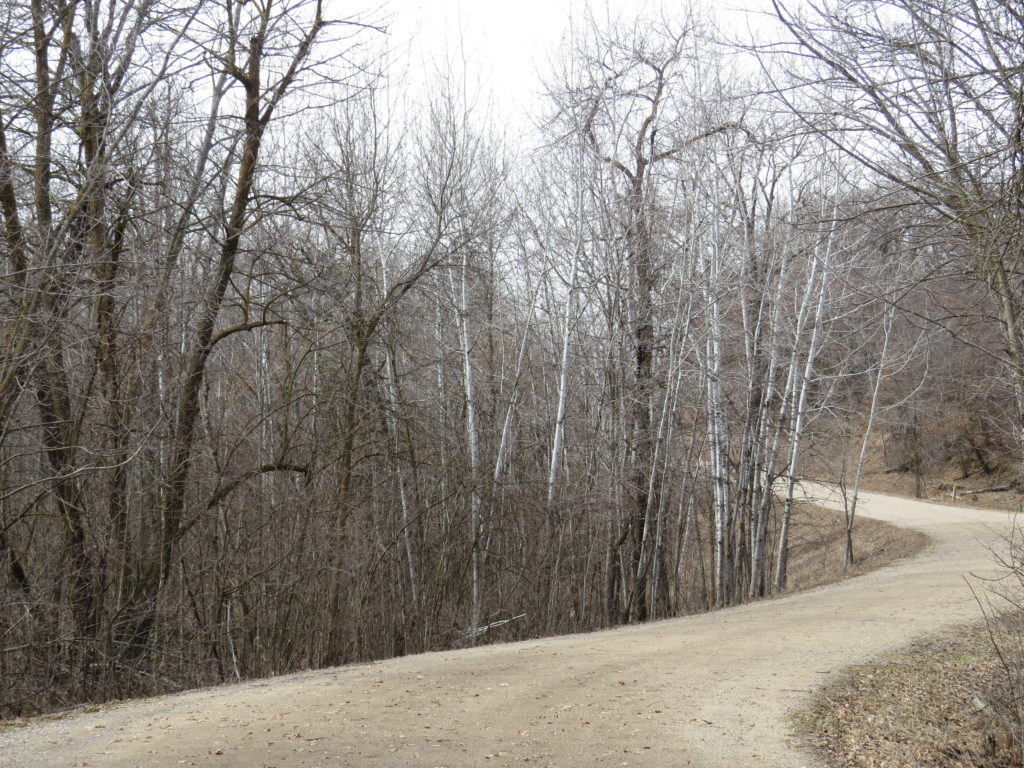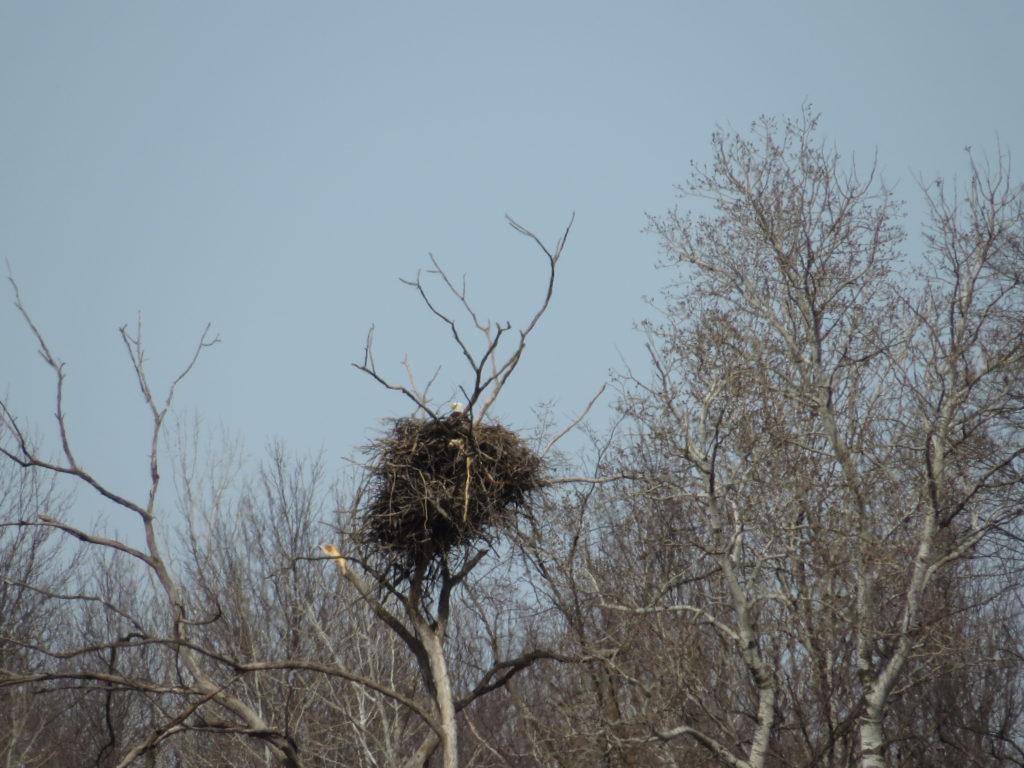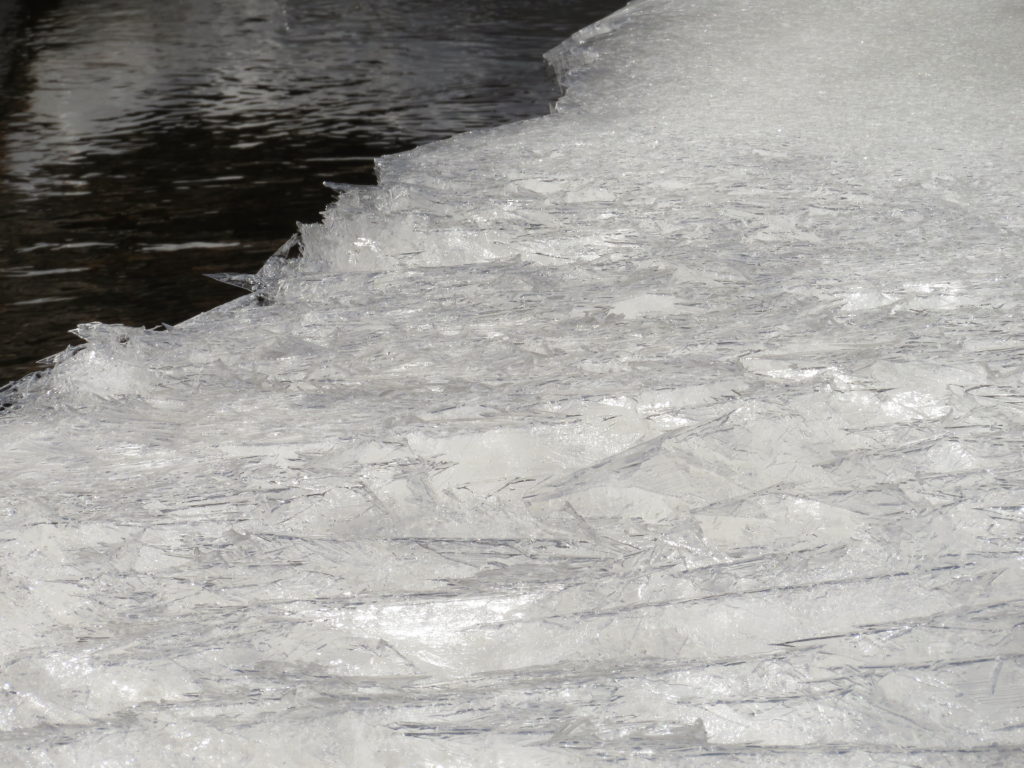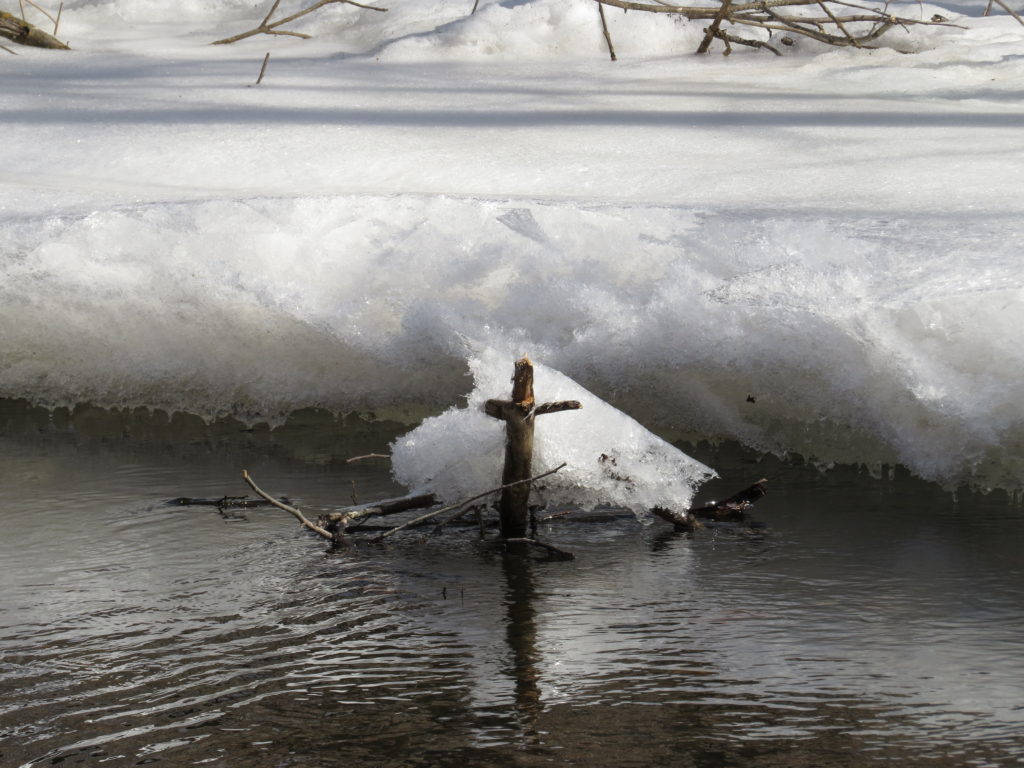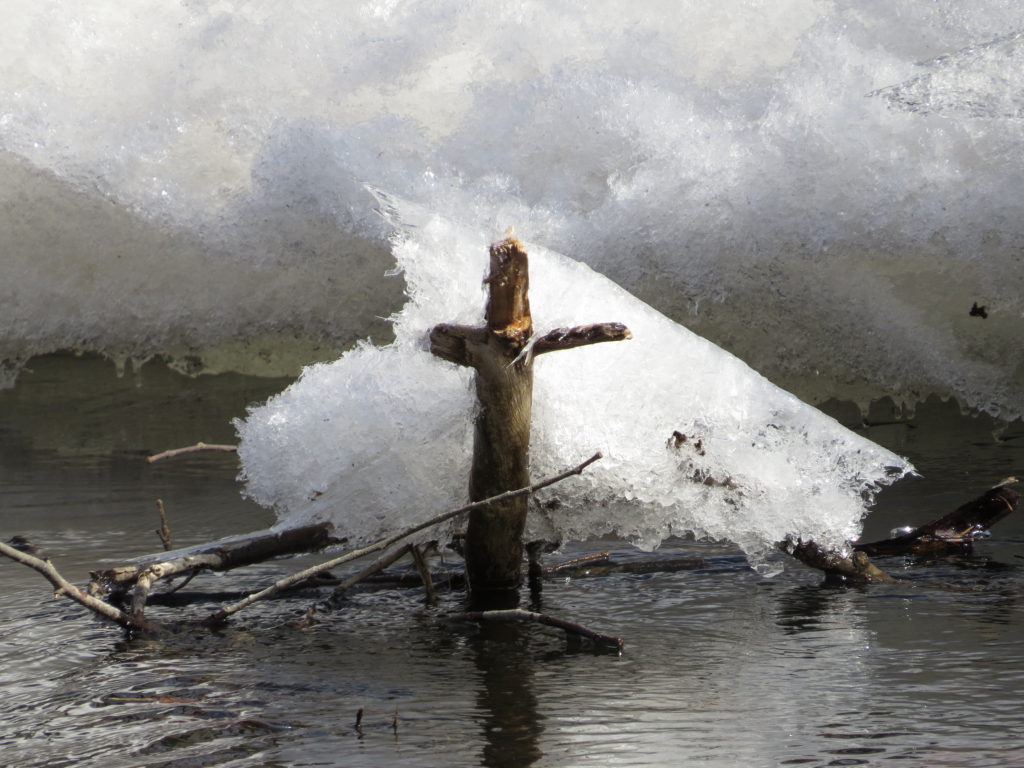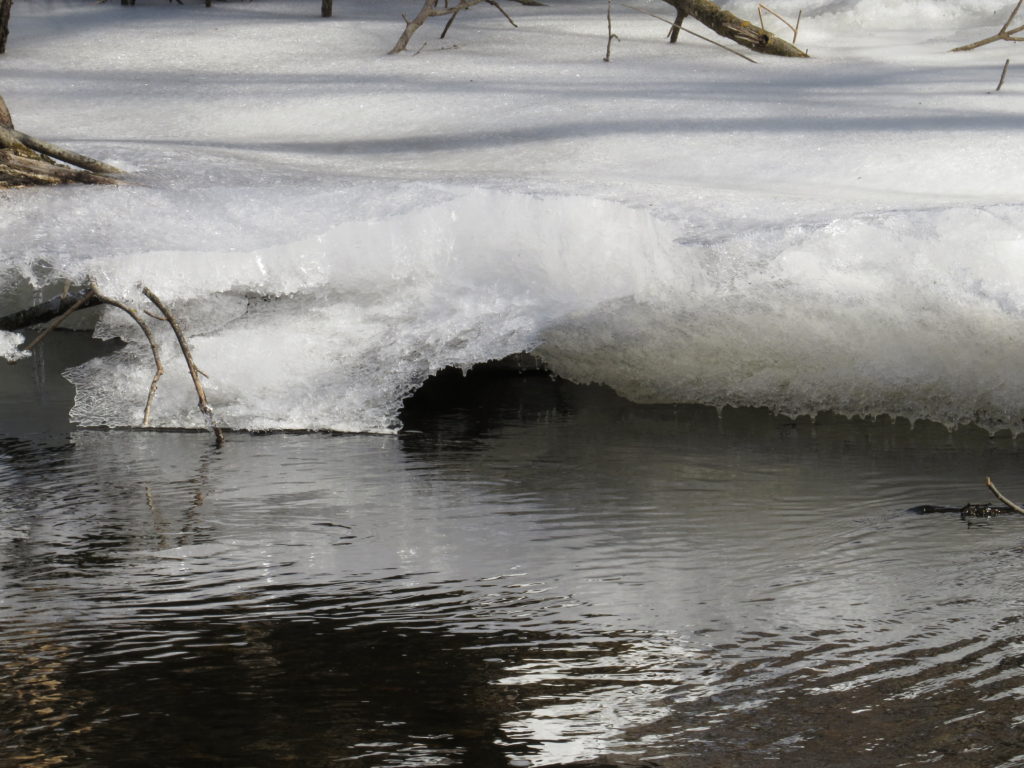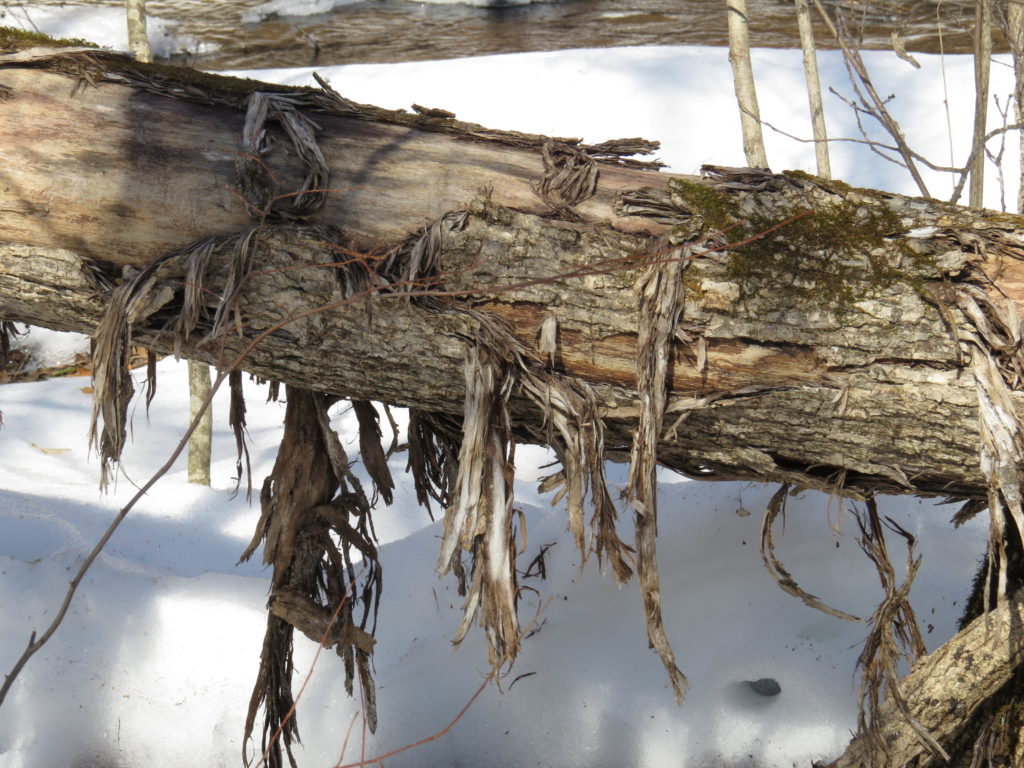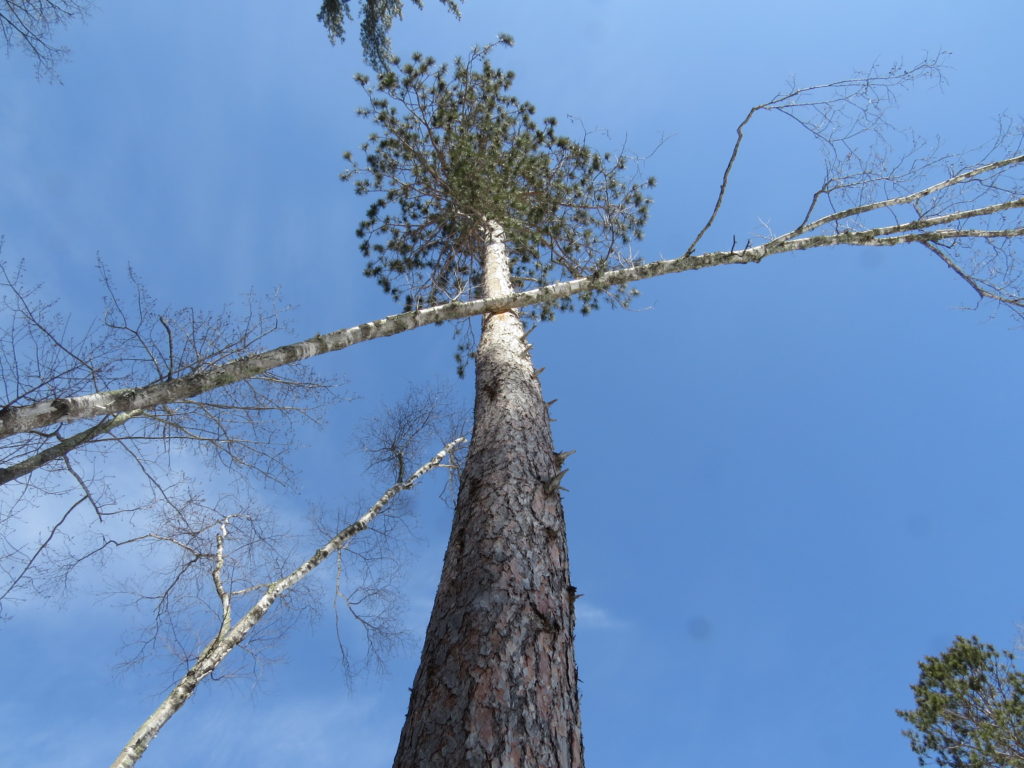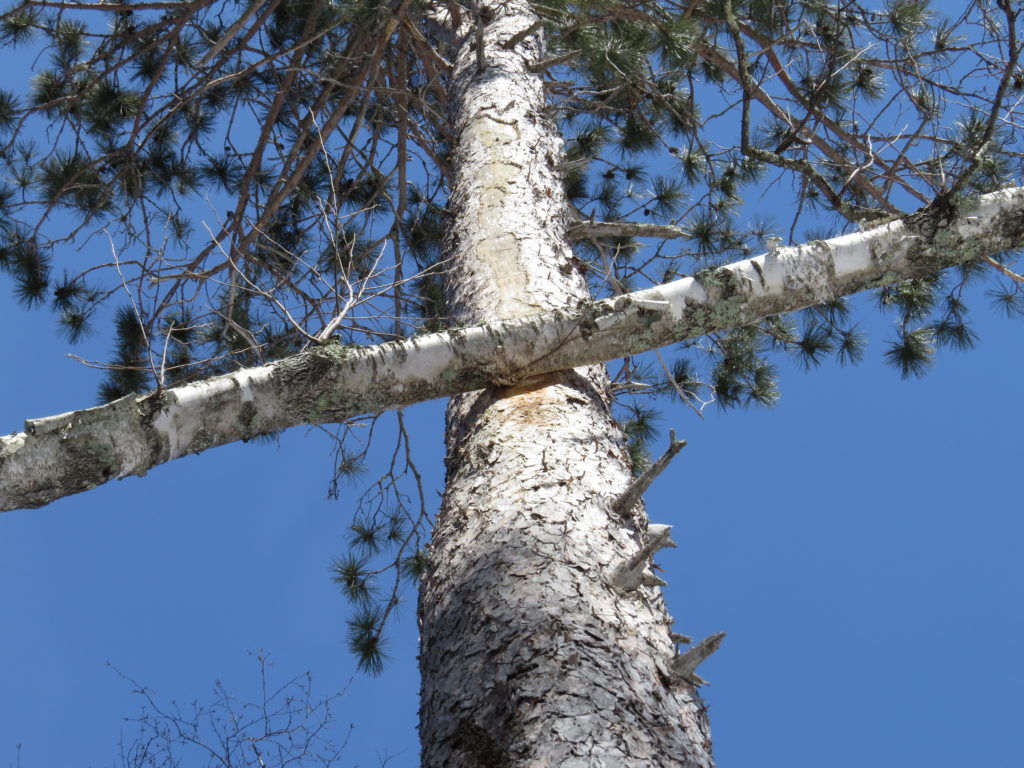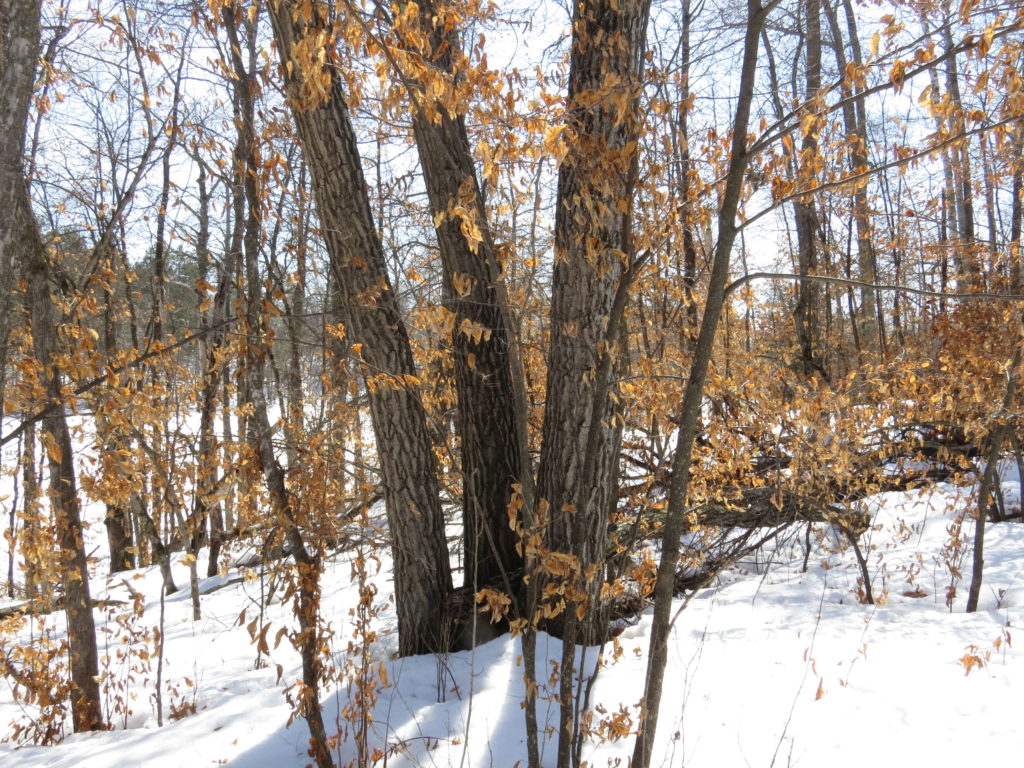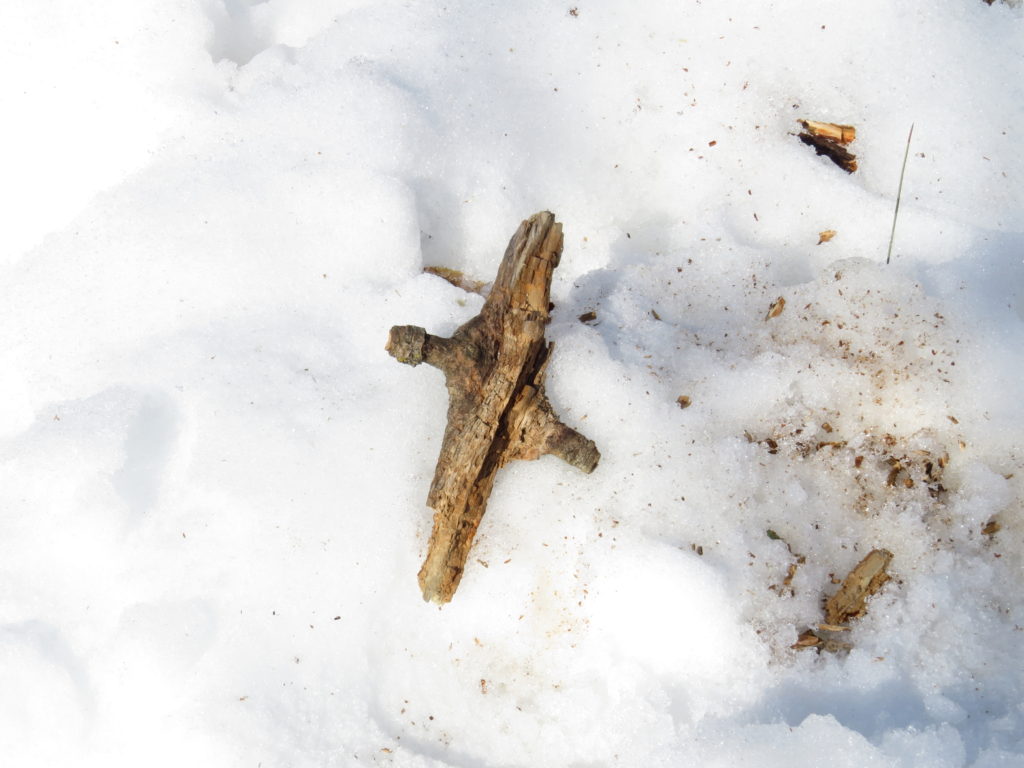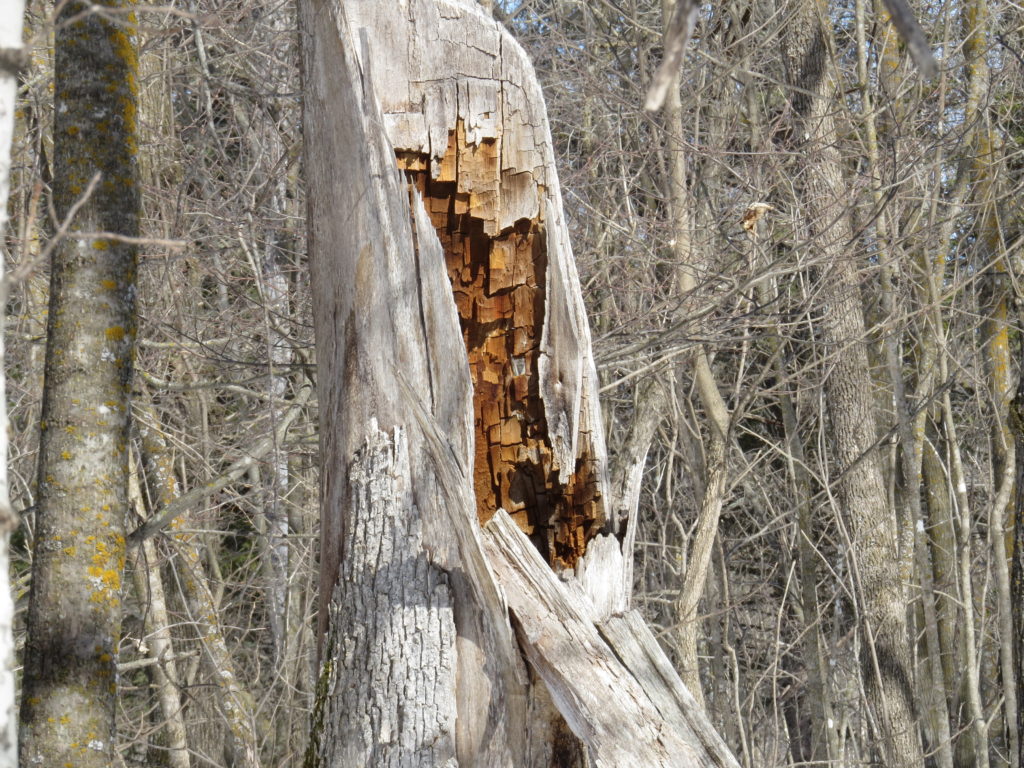“Whatever affects one directly, affects all indirectly.” –Martin Luther King, Jr., pastor and activist
“We are not only a part of the world, but we are the world….Everyone is connected to each other just like a single cell in the body is connected with every other cell through a network of nerves and flow of blood.” –Awdhesh Singh, engineer
“When we try to pick out anything by itself, we find it hitched to everything else in the Universe. –John Muir, environmentalist
“Everything in the world is actually connected. That means even if we get separated, we’ll never be alone. –Ohtaka Shinobu, artist
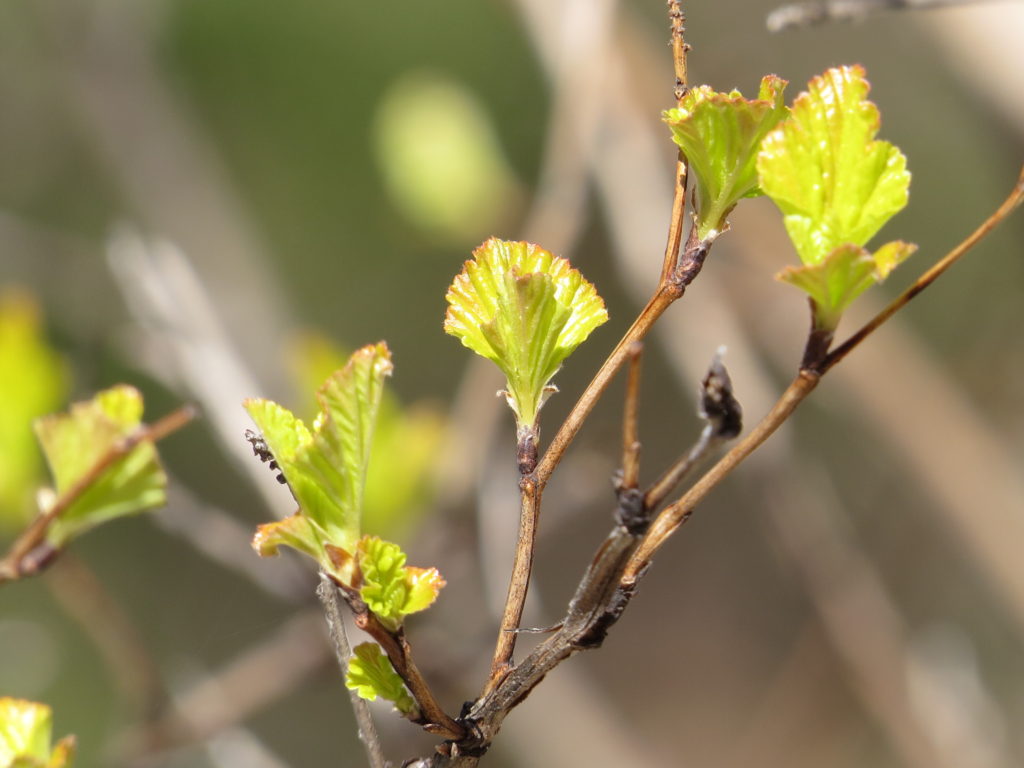
From a young Japanese manga artist to an Indian engineer and leadership specialist to the iconic social justice minister to a nineteenth-century environmentalist, the theme of the connection of all things is the conclusion of their diverse experiences. This connection is pertinent in the physiology of our bodies as we strive to stay healthy while the coronavirus infects people across the world, and it is imperative in our global efforts to fight the destructive effects of climate change. Our bodies. Our environment. Health Day. Earth Day.
I have been rather obsessed lately about the lessons that are hanging like shiny red fruit from an Autumn apple tree—abundant, nourishing, and ours for the picking. Every one of us has unique and profound lessons that are being brought to the surface with our shelter-in-place, work-from-home, social-distancing lifestyle of the time-being. What do I really need? Who are the most important people in my life? What do I really want to do for the rest of my life? How can I be my healthiest self? It matters what we do to our bodies. Smoking, eating too much, drinking, junk food, not exercising—the list is too long. And the list of things that affect our bodies that we do not control is also long and overwhelming—air pollution, water quality, food chemicals, etc.
Lesson # 1: We have great control over what we put in and on our bodies. Start there. Do one small thing each day that makes our bodies better, healthier, happier.
Lesson # 2: Sleep is the great healer. So much of our health comes from getting enough sleep. It is when our body repairs itself, and we are efficient, amazing organisms when it comes to the function of repair—from the repair mechanisms of our DNA to the healing of wounds to the removal of toxins.
Lesson # 3: Movement helps with the first two lessons. Walk, bike, swim, do yoga, garden, run, etc. Fuel your body for movement, then sleep like a baby.
Lesson # 4: Figure out what is getting in the way of obtaining the first three lessons. This is the hard part. But it’s still within our control. Think about it. Write about it. Talk about it. Figure it out.
The same process can be used with our Earth. What is harming it? What will help it? Ironically—or maybe not—the Earth is getting a reprieve during this Covid-19 time. There’s less air pollution, the water is running cleaner and clearer, and there is less seismic activity. All things are connected. What we do to our Earth matters.
Lesson # 1: We have great control over who we put in as our leaders who make the decisions about protecting our health and protecting our Earth. Start there.
Lesson # 2: The health of our Earth comes from Nature. What does healthy soil look like for optimum growth of nutritious food? What does pristine air not have in it? How does Nature provide clean water? Nature is the great healer.
Lesson # 3: Earth Day is a movement that started 50 years ago. Let’s not go backwards. Let’s not lay on the couch and pretend that everything will be okay if we do nothing to change the current trends.
Lesson # 4: What is getting in the way of the first three lessons? This is the hard part. Think about it. Write about it. Talk about it. Vote about it. Figure it out.
So whether you are an artist, a preacher, an engineer, an environmentalist, a farmer, a teacher, a politician, a CEO, a student, or any other, we are all connected. The health of our bodies and the health of our planet are connected, not just in a physical way but also in a spiritual way. How do we overcome the obstacles, roadblocks, and barriers that get in the way of having healthy bodies and a healthy Earth? With Love. When we love something, we take good care of it. Love is the great healer.
